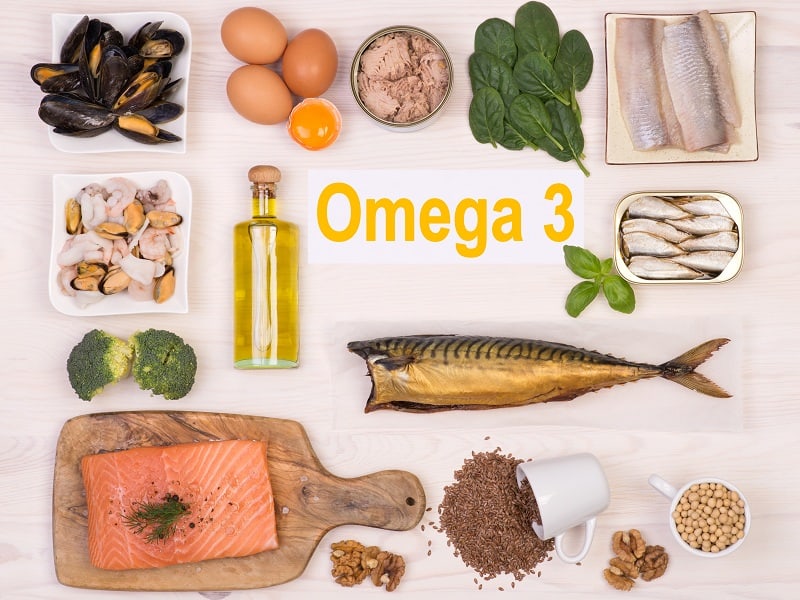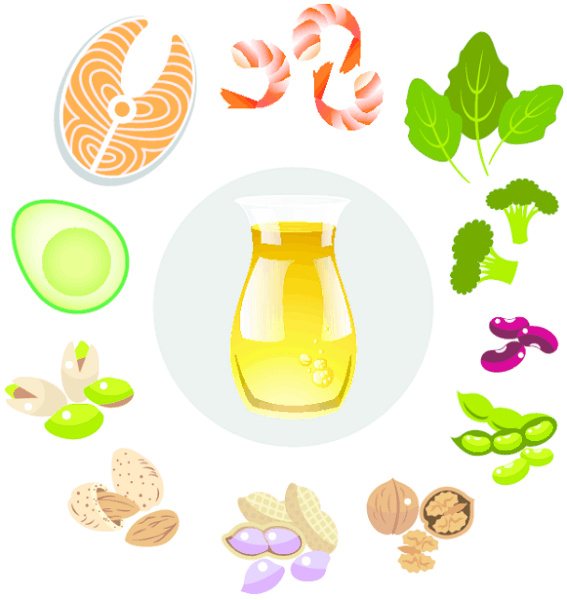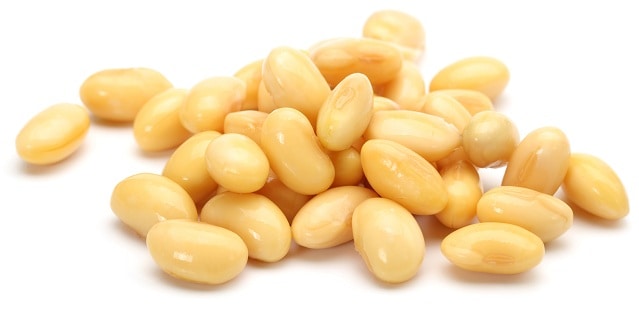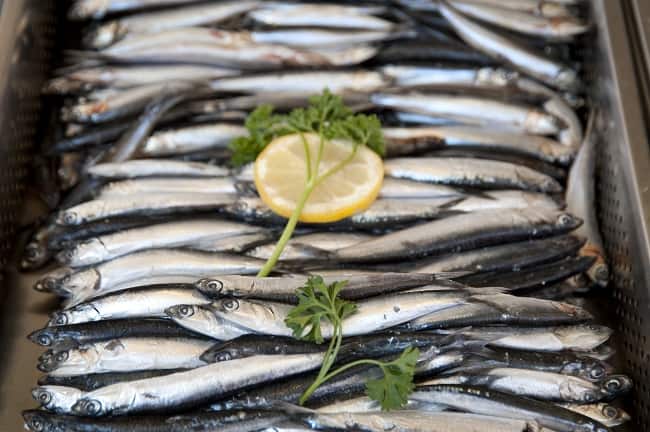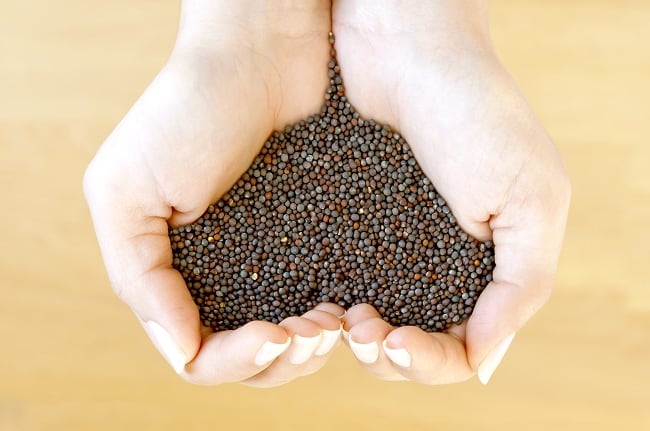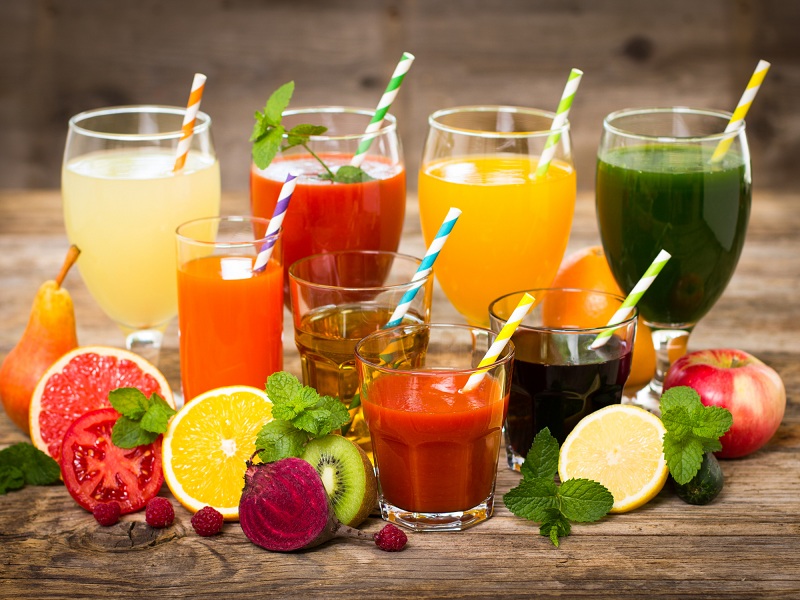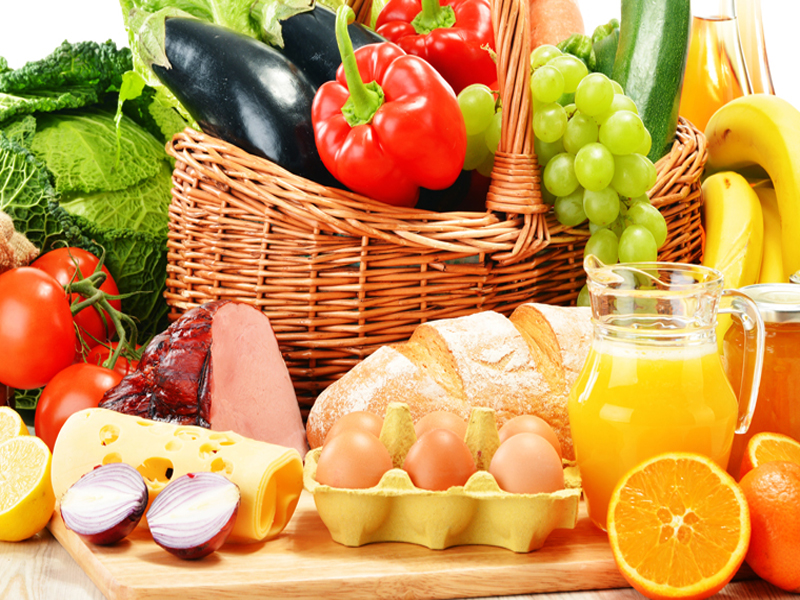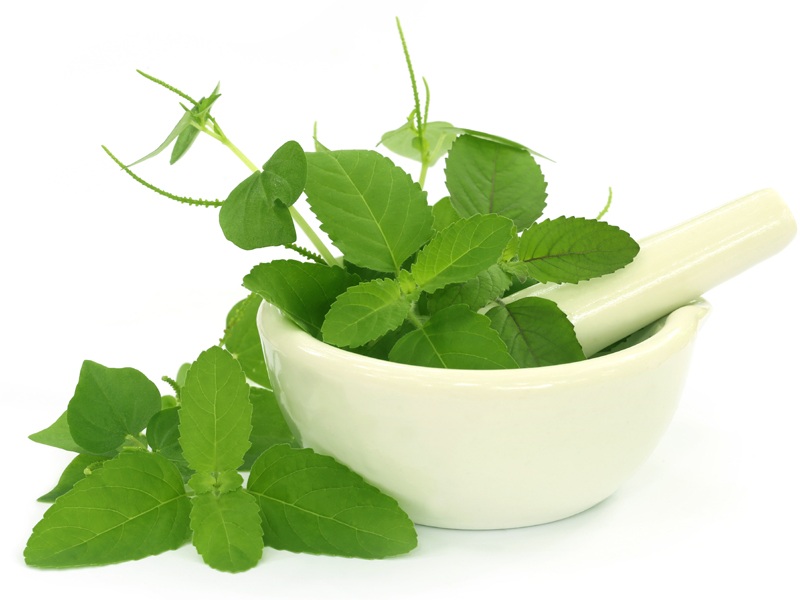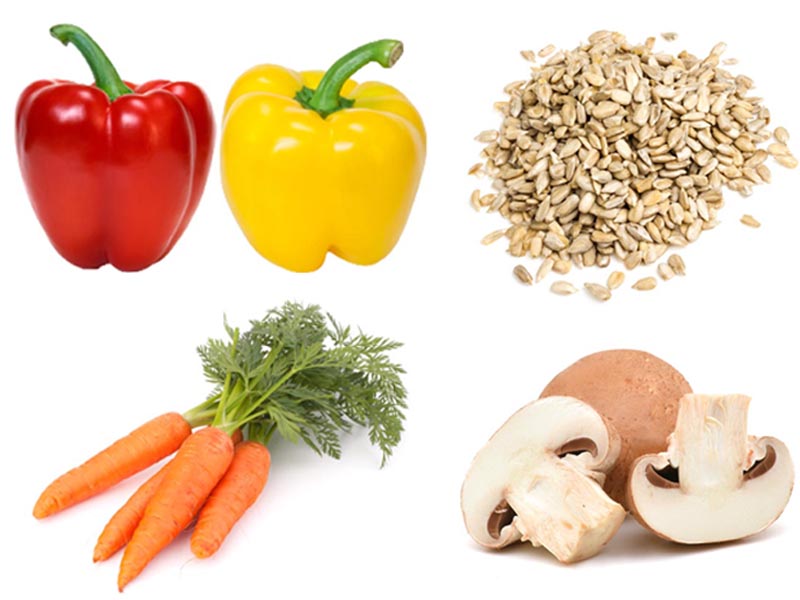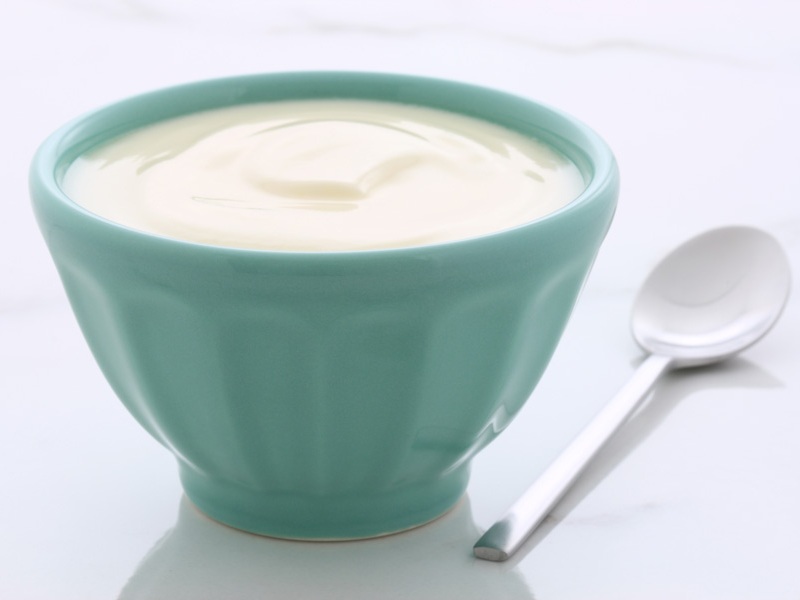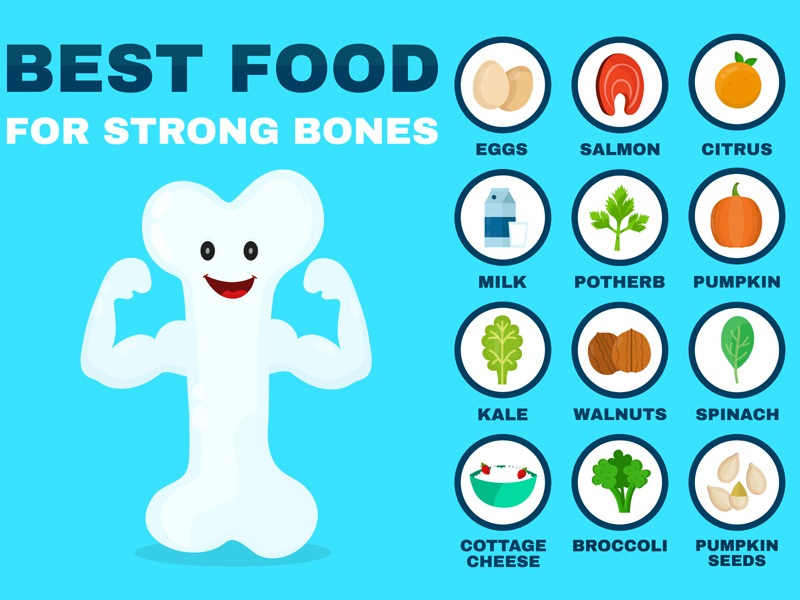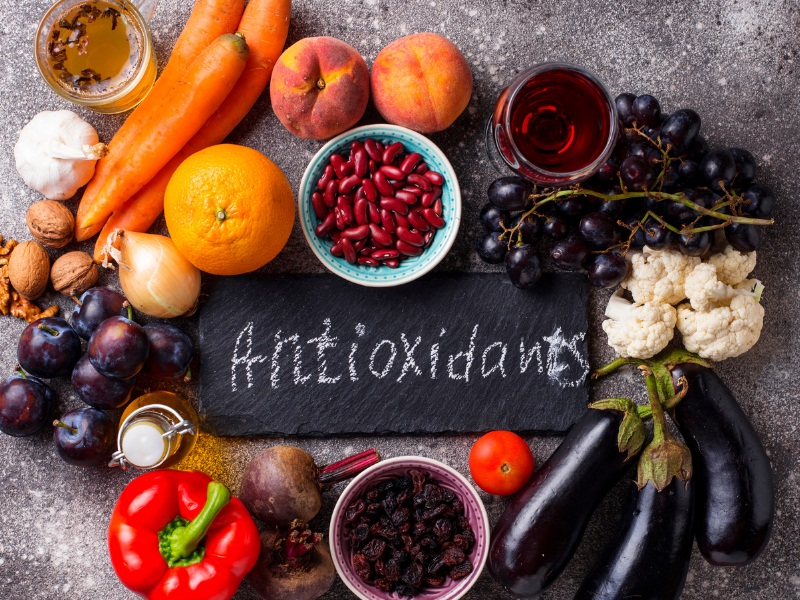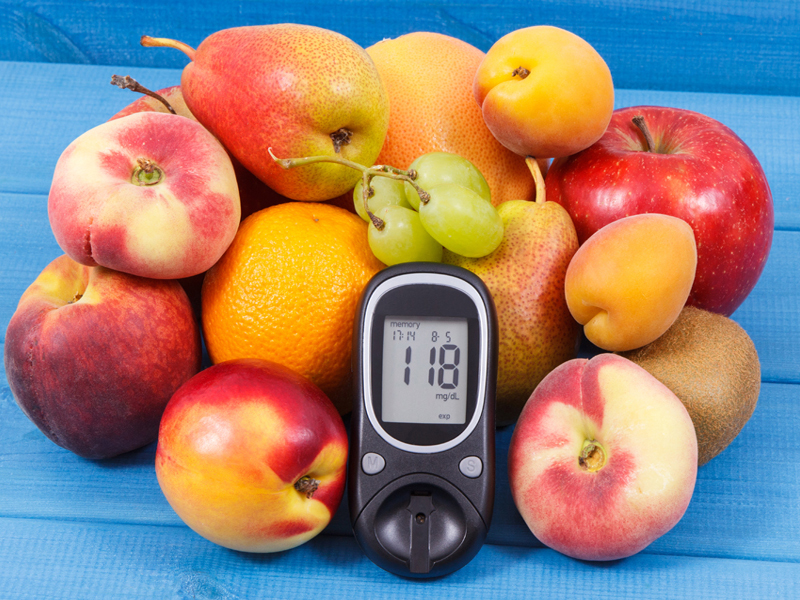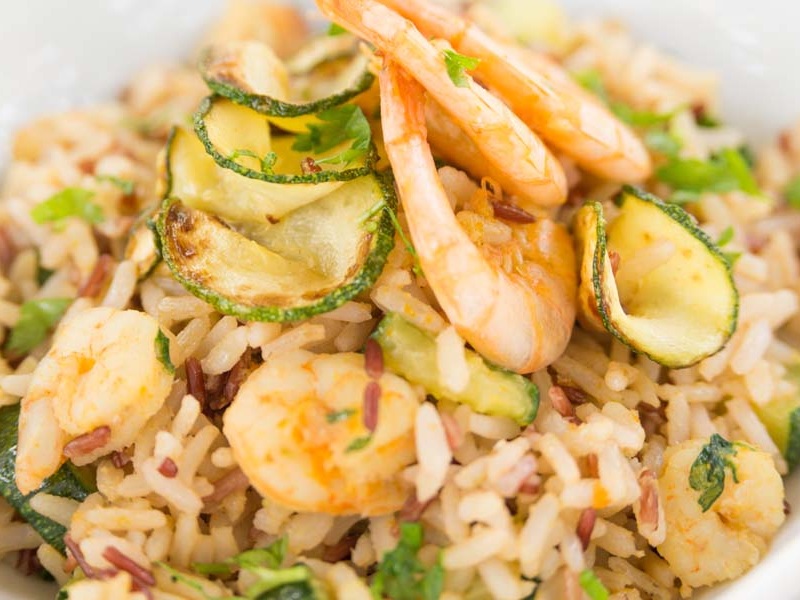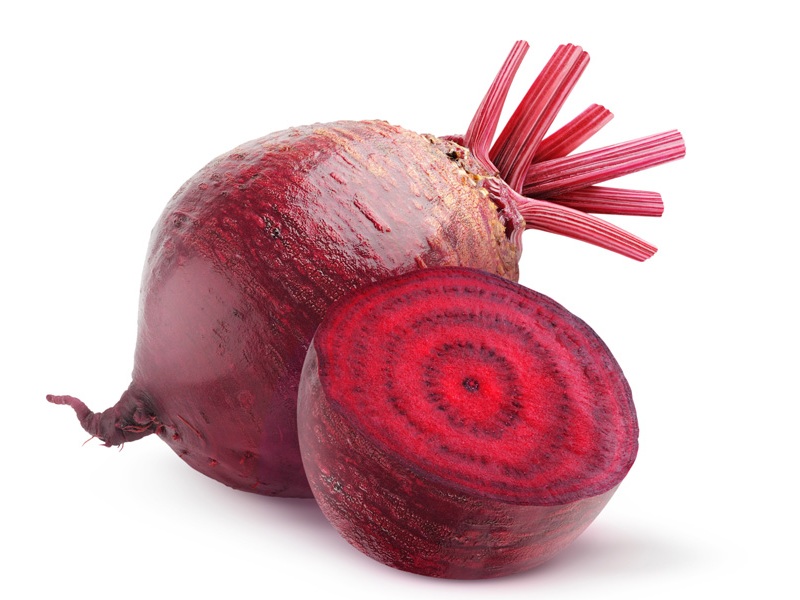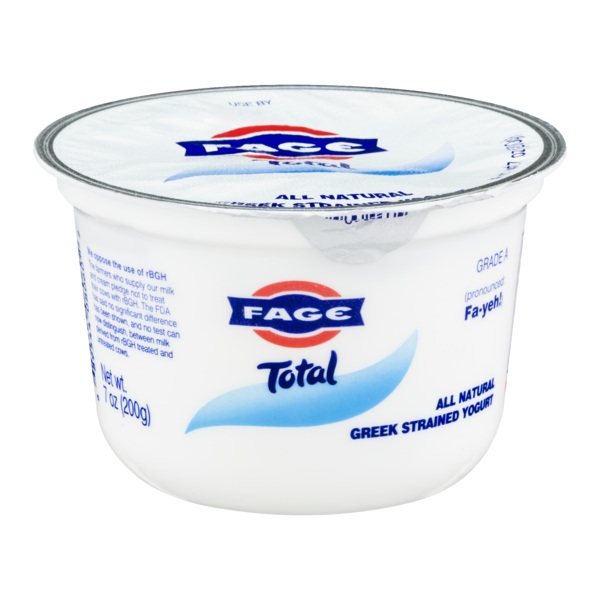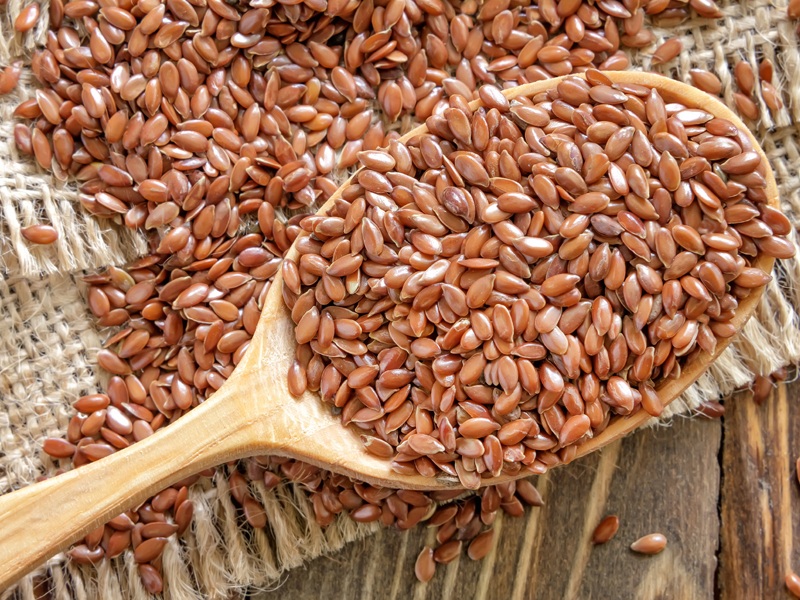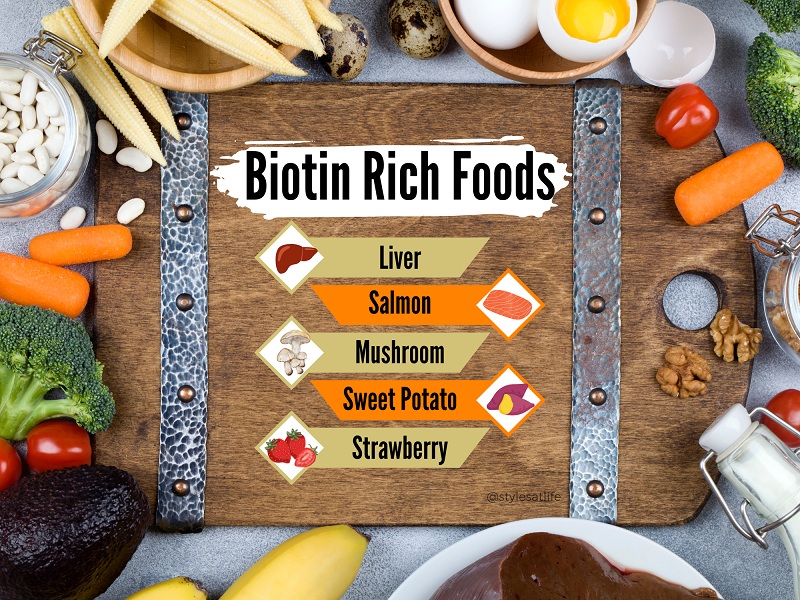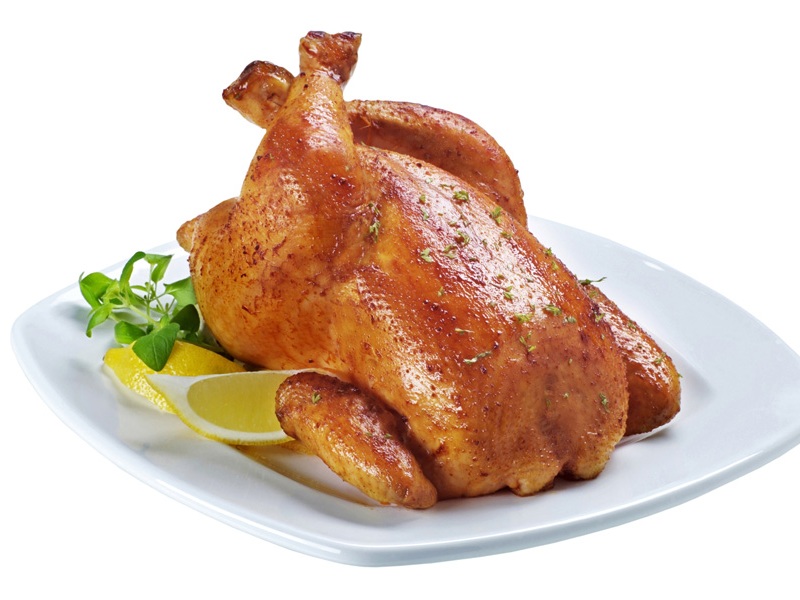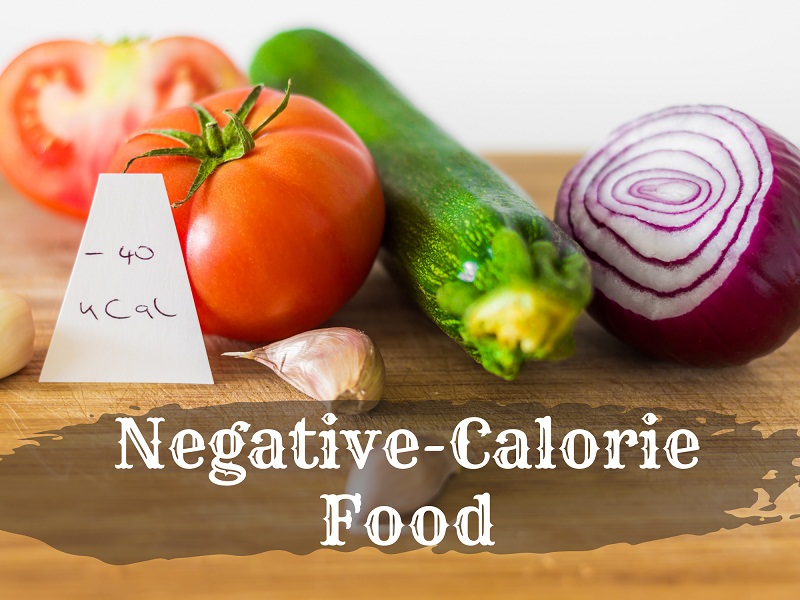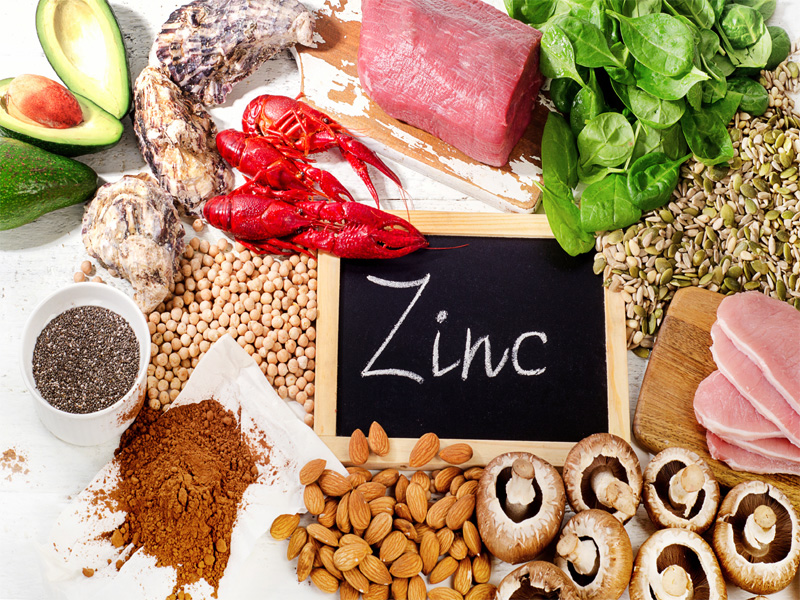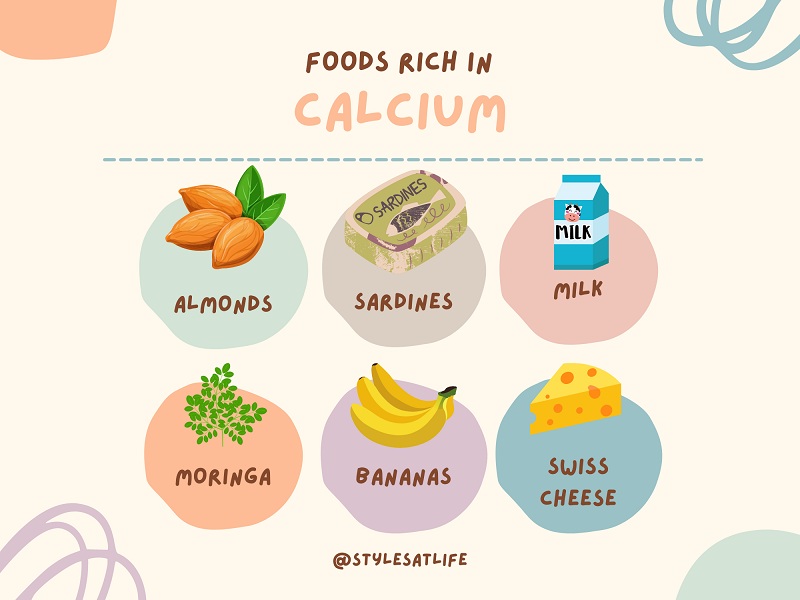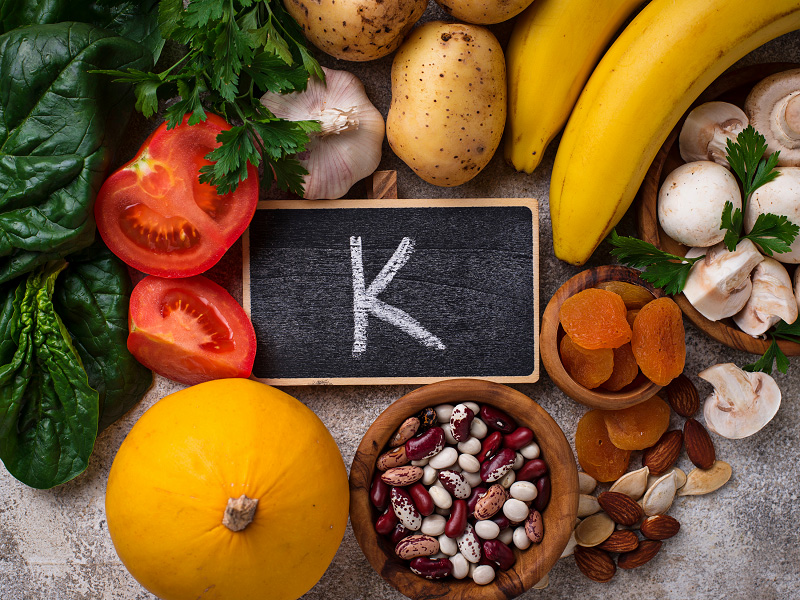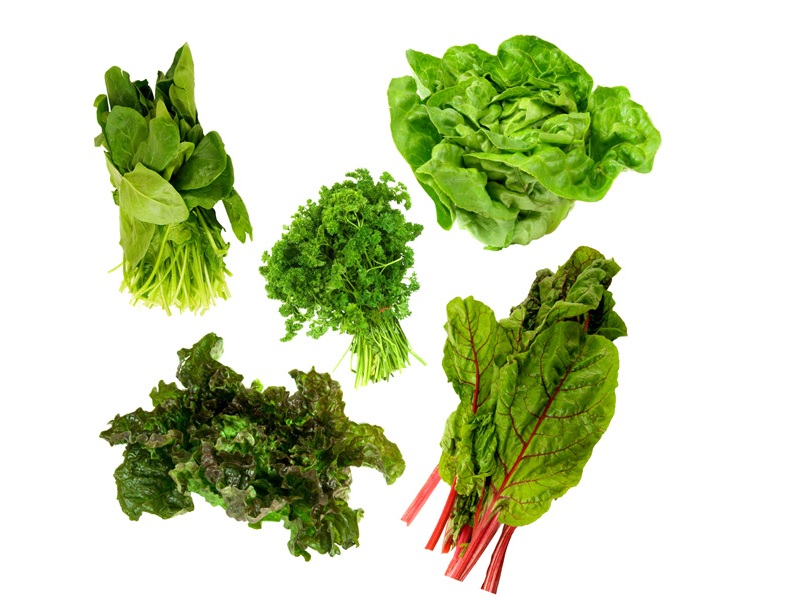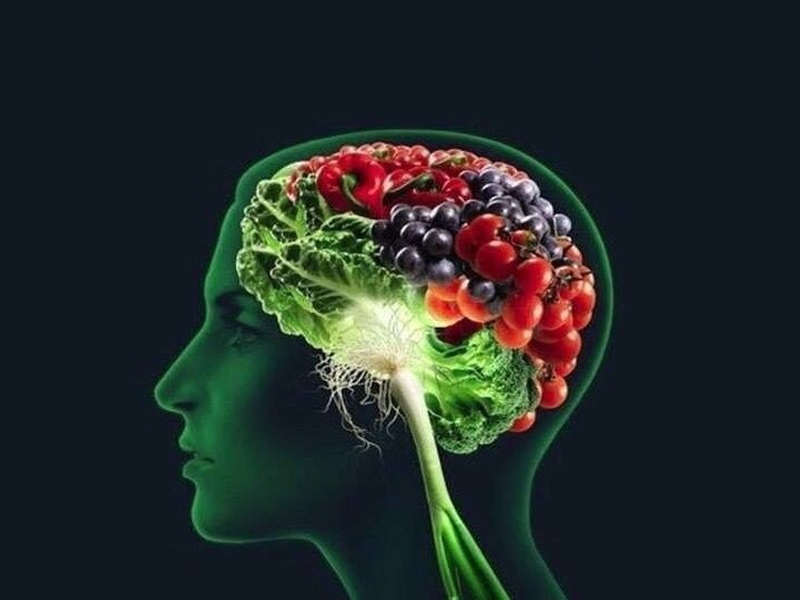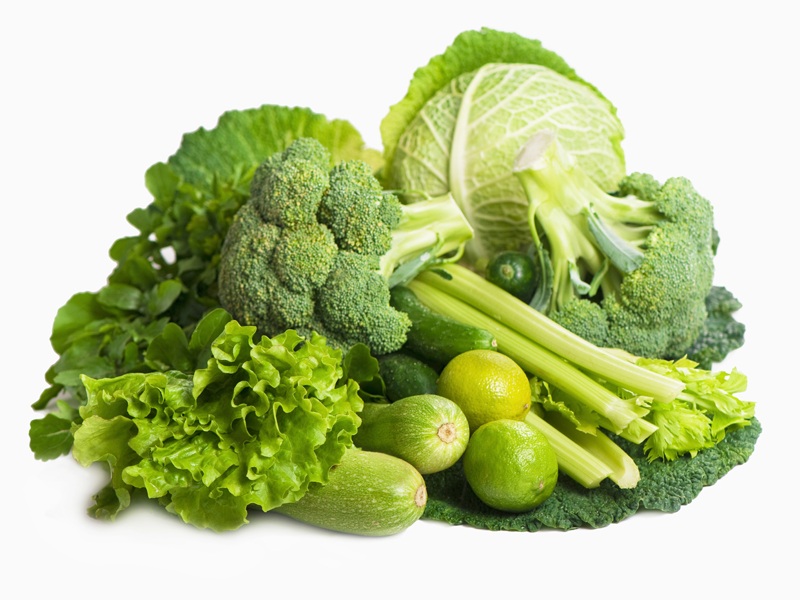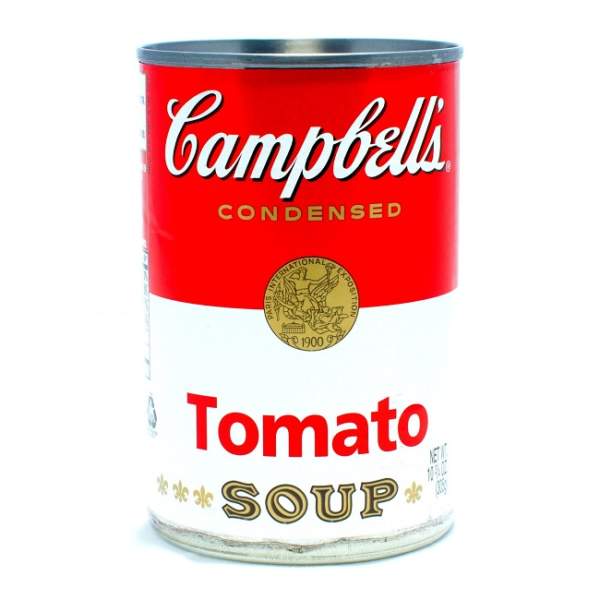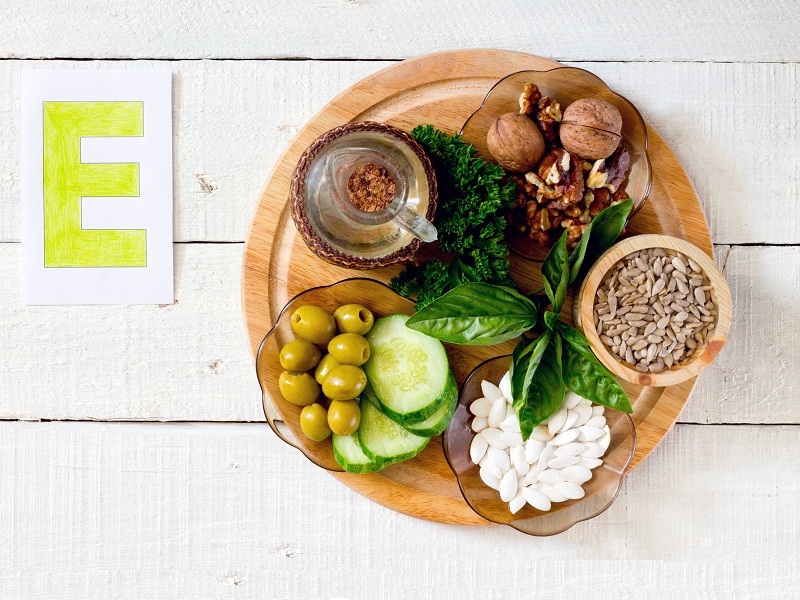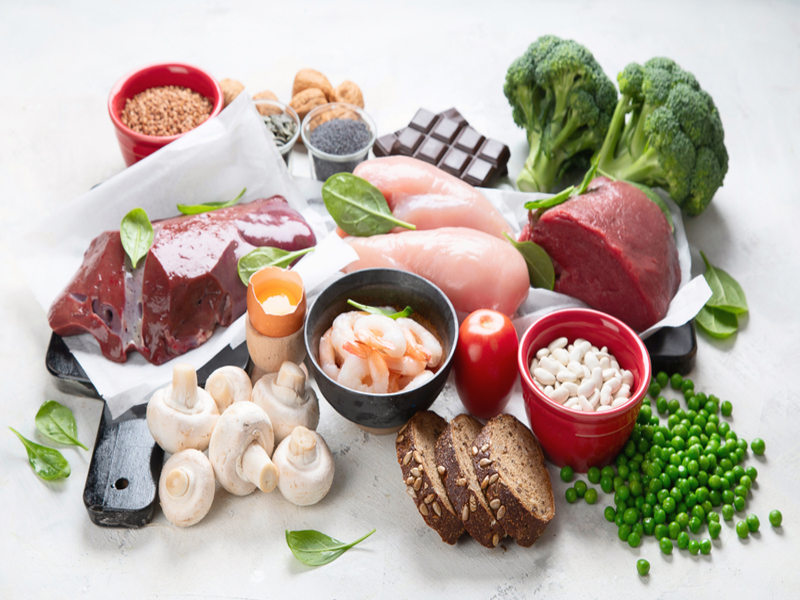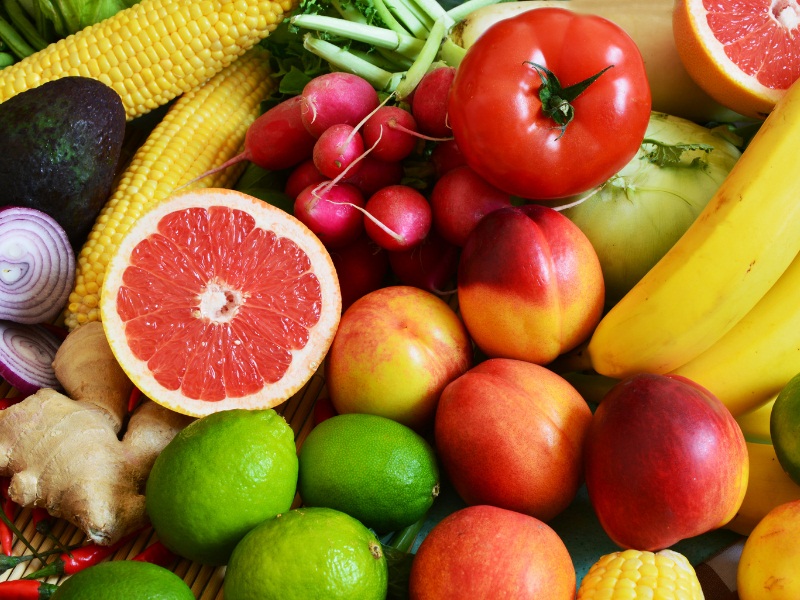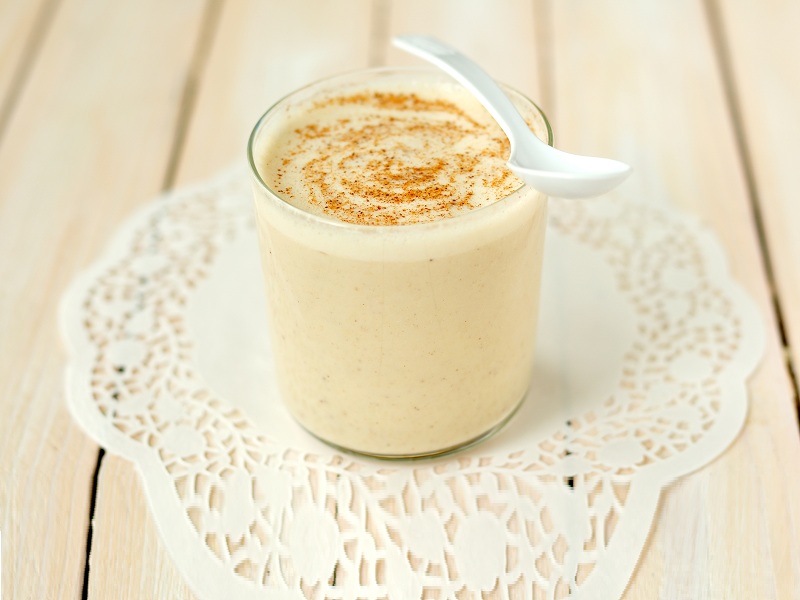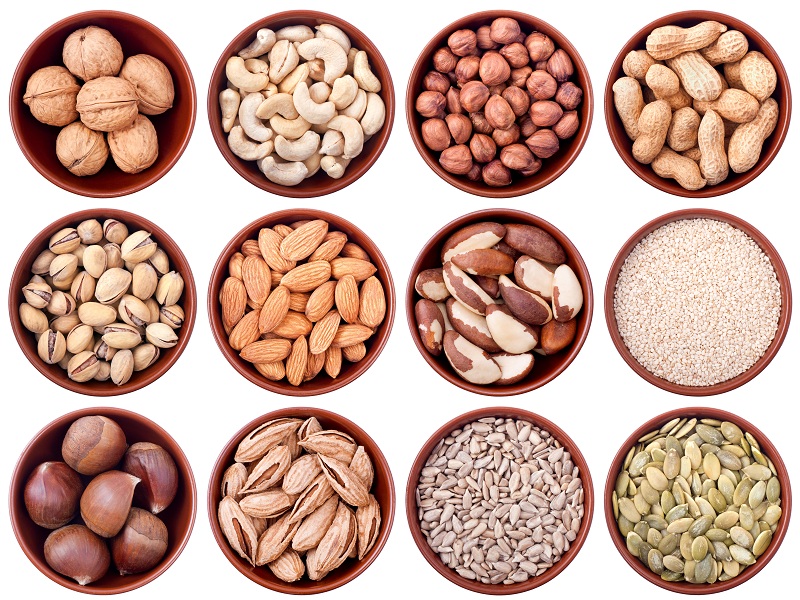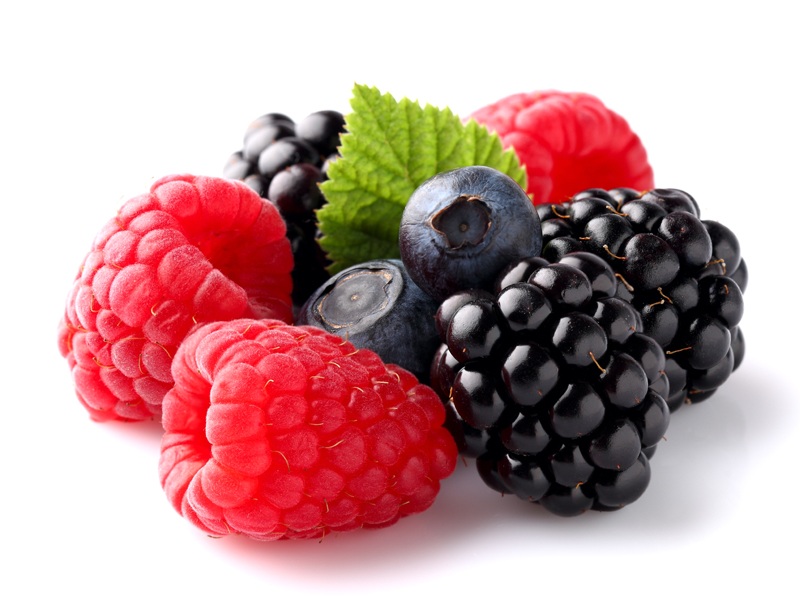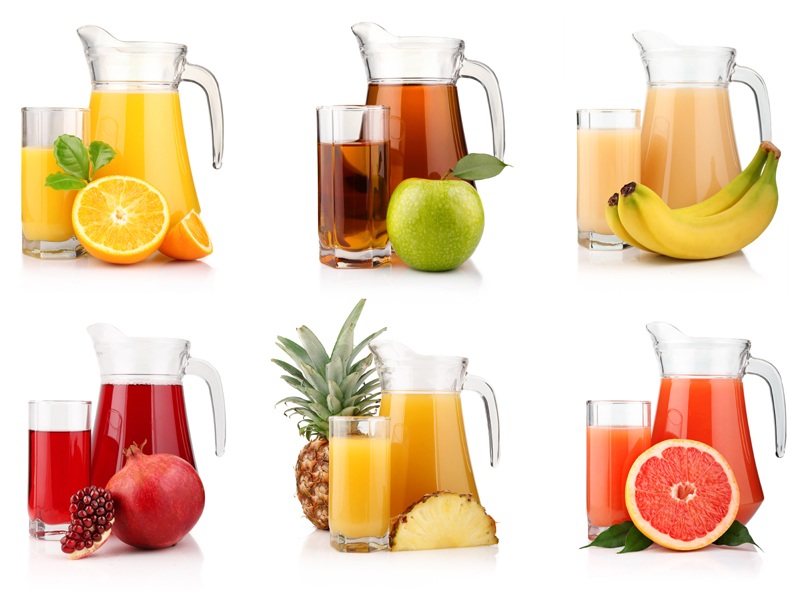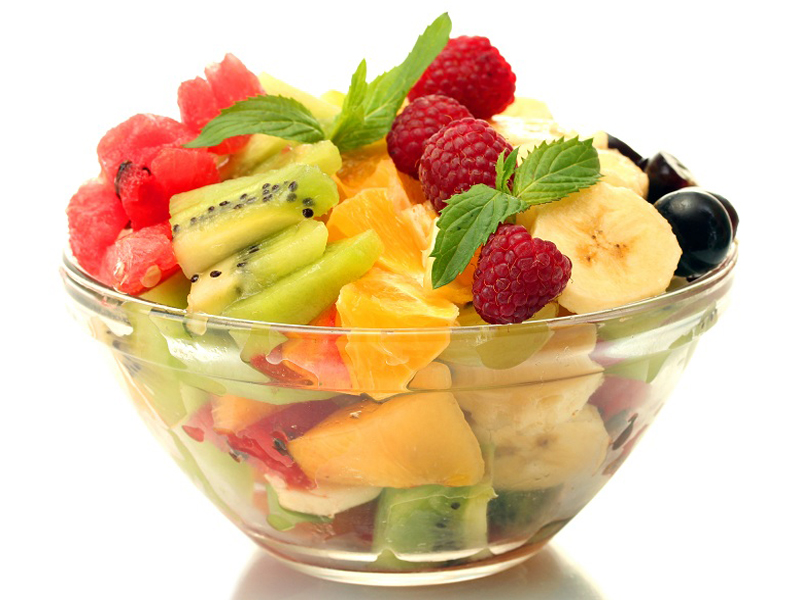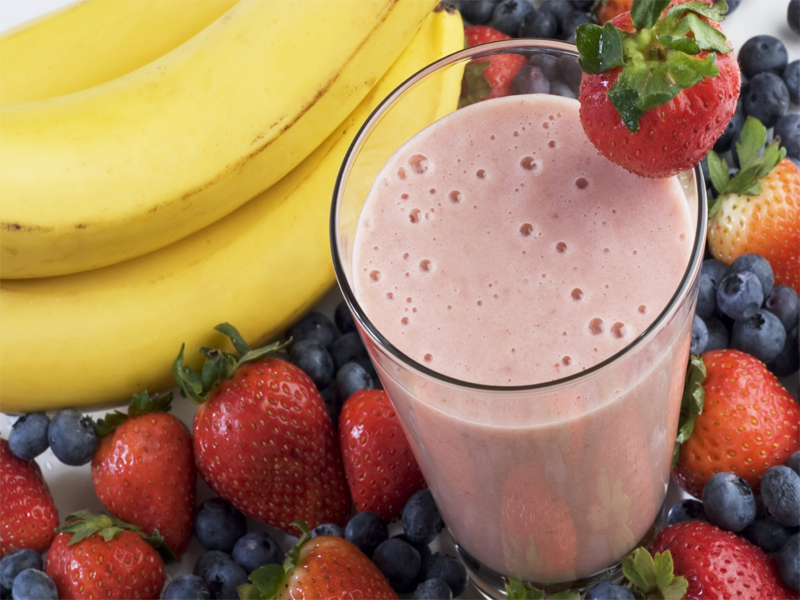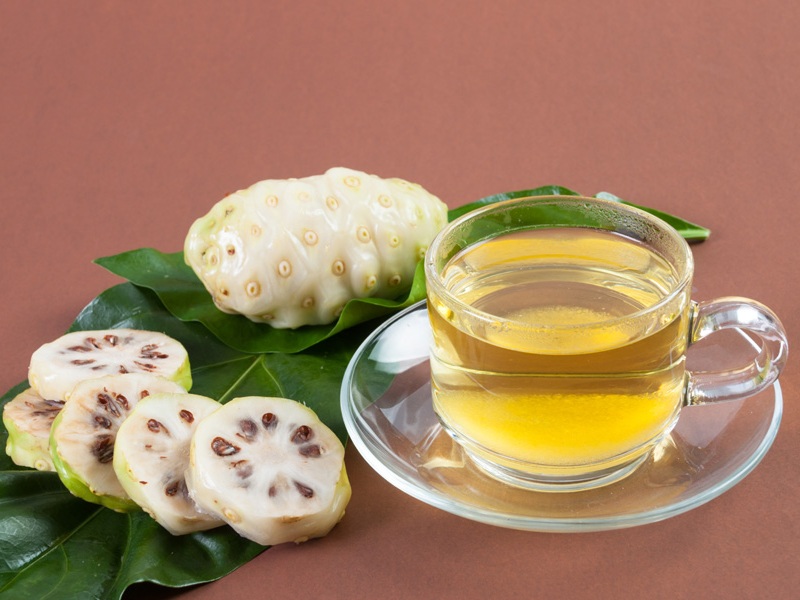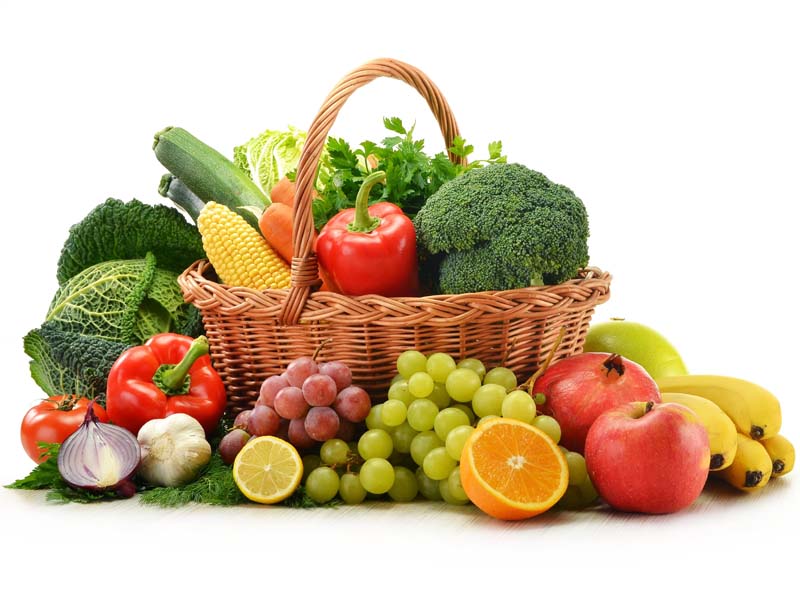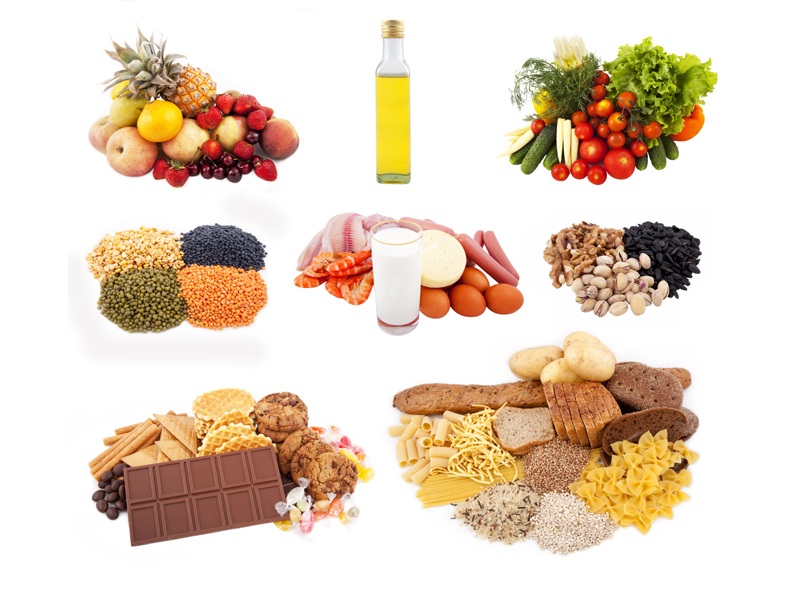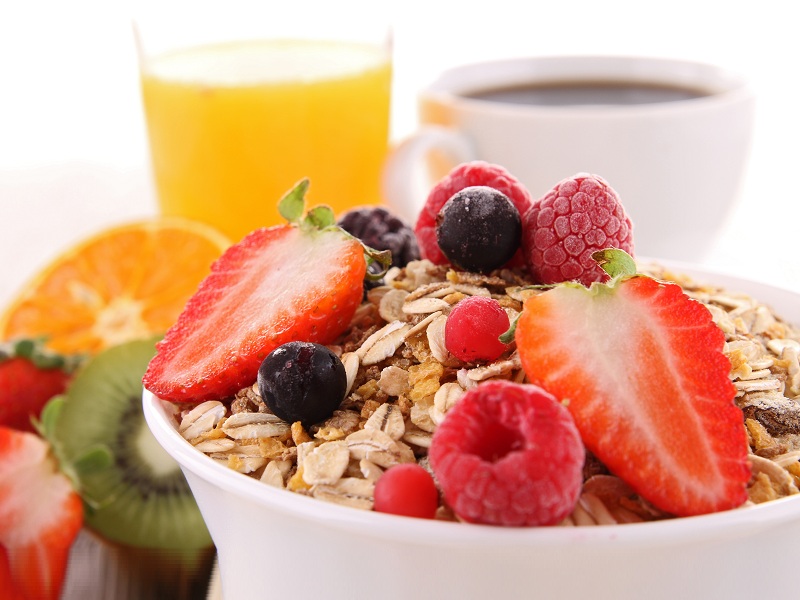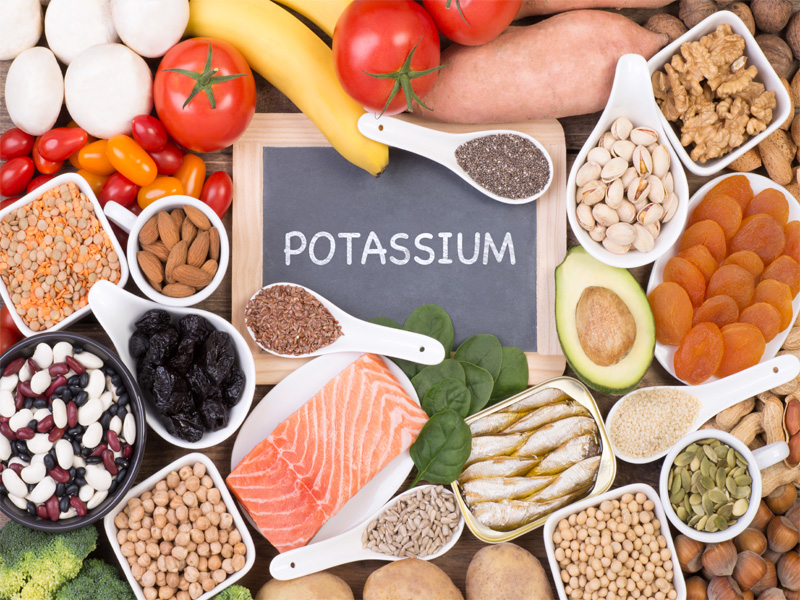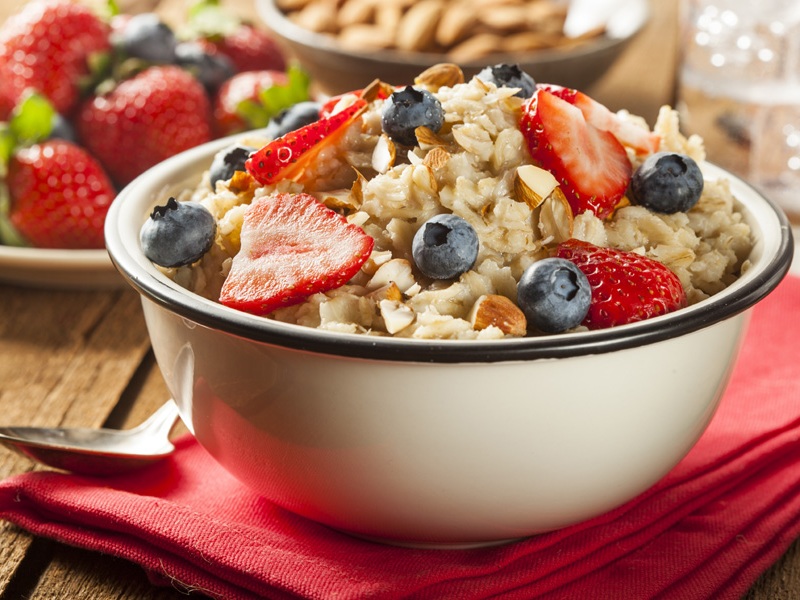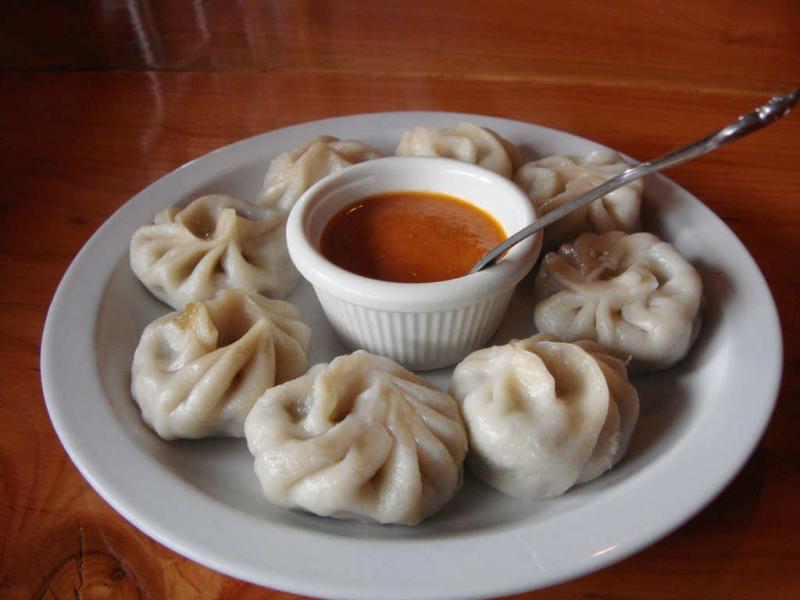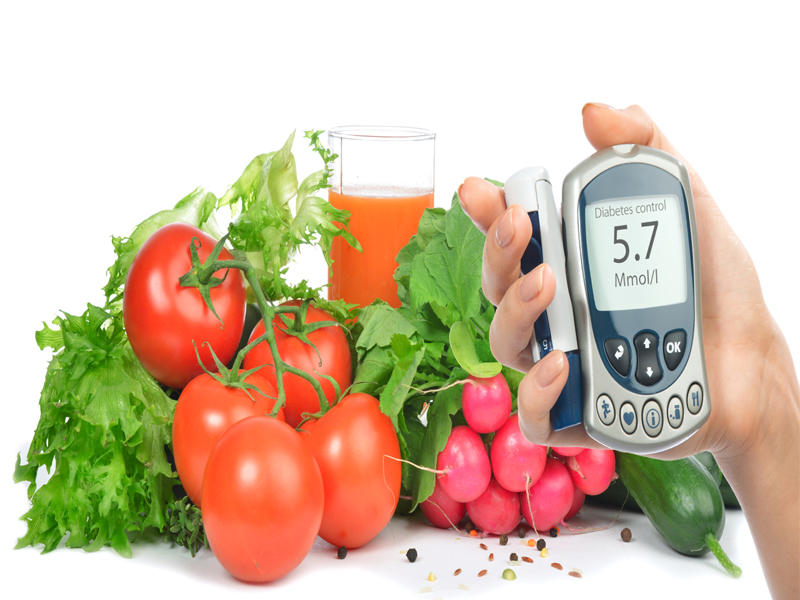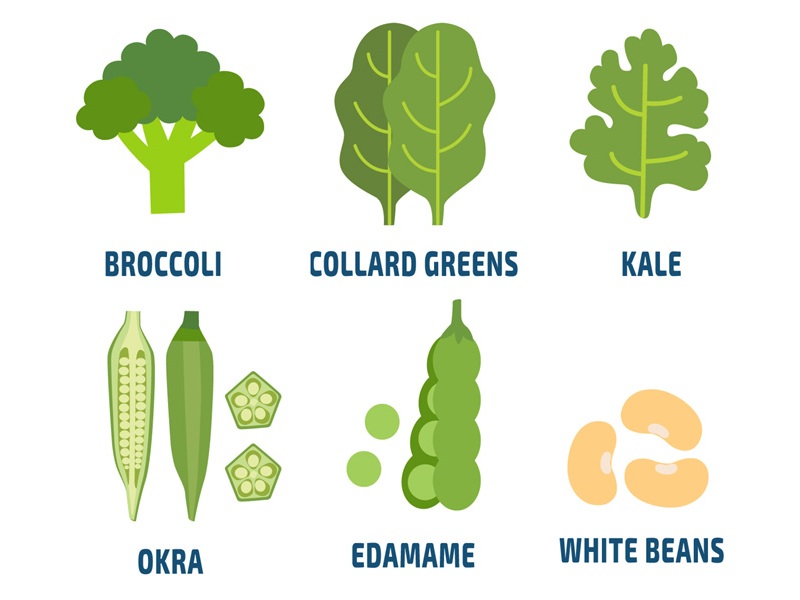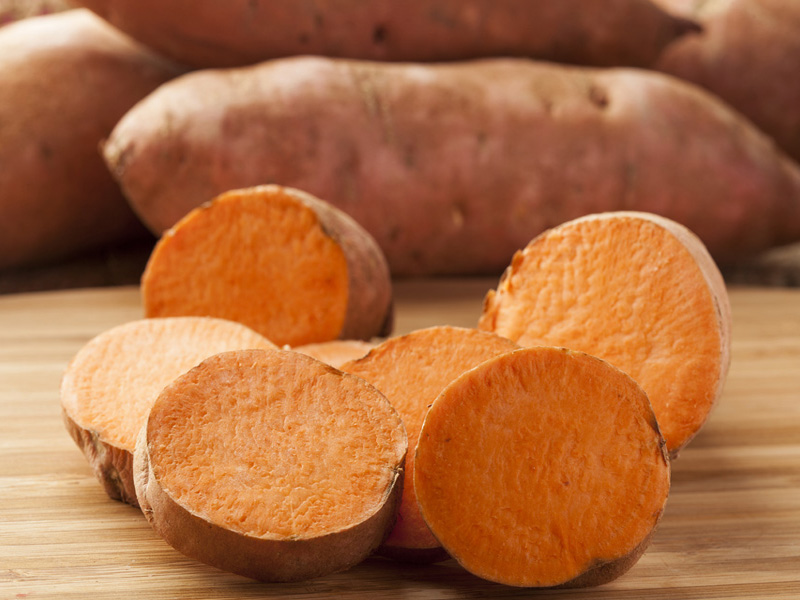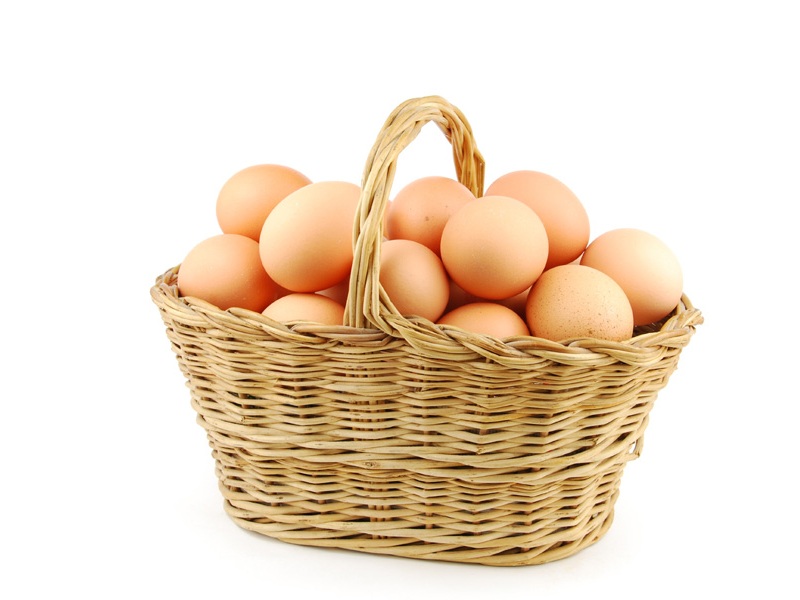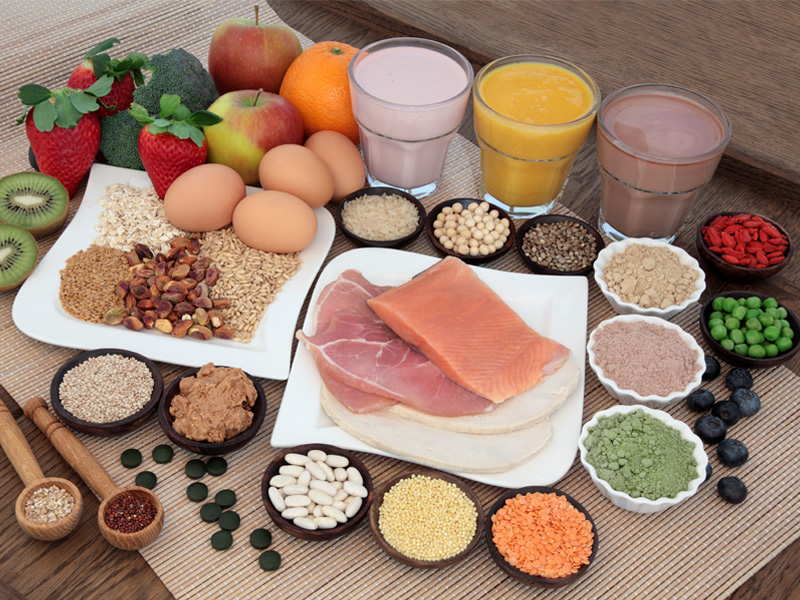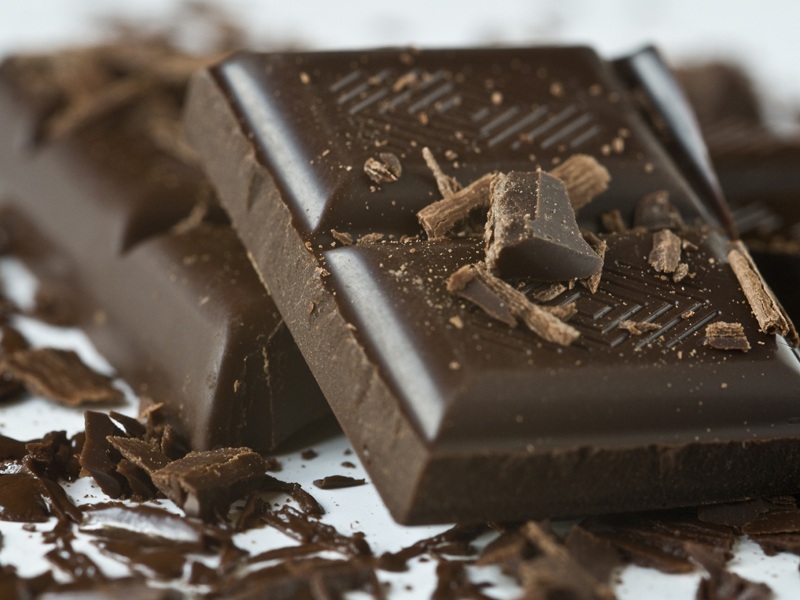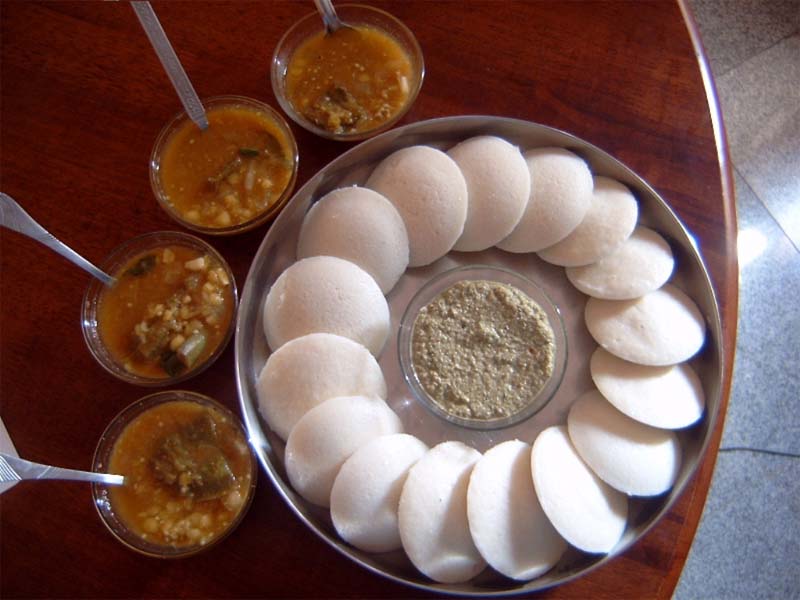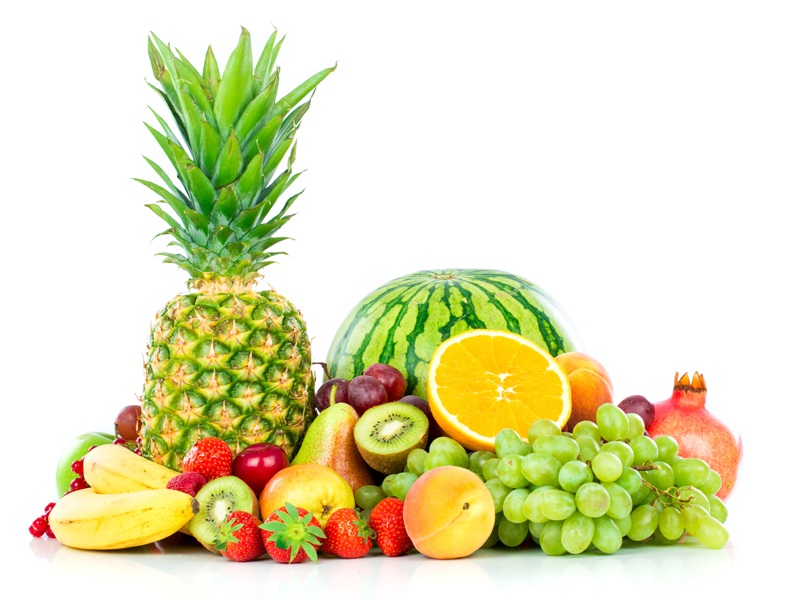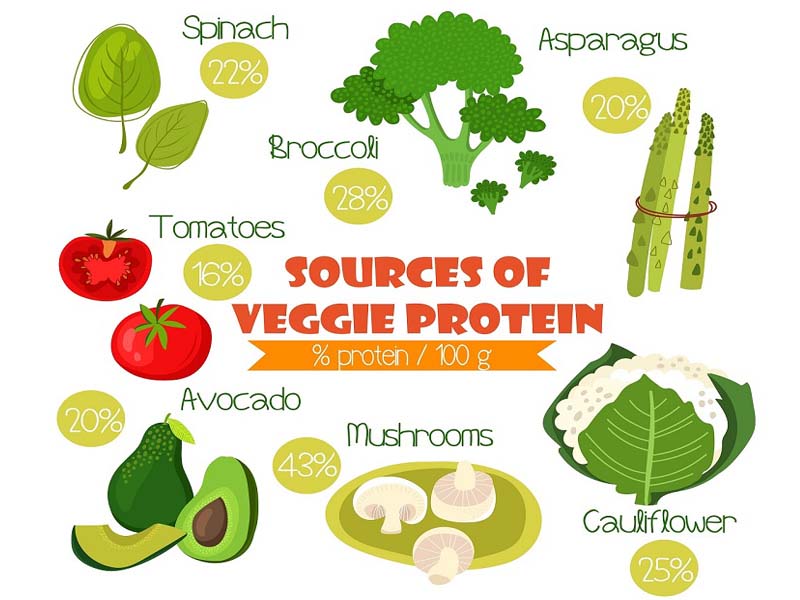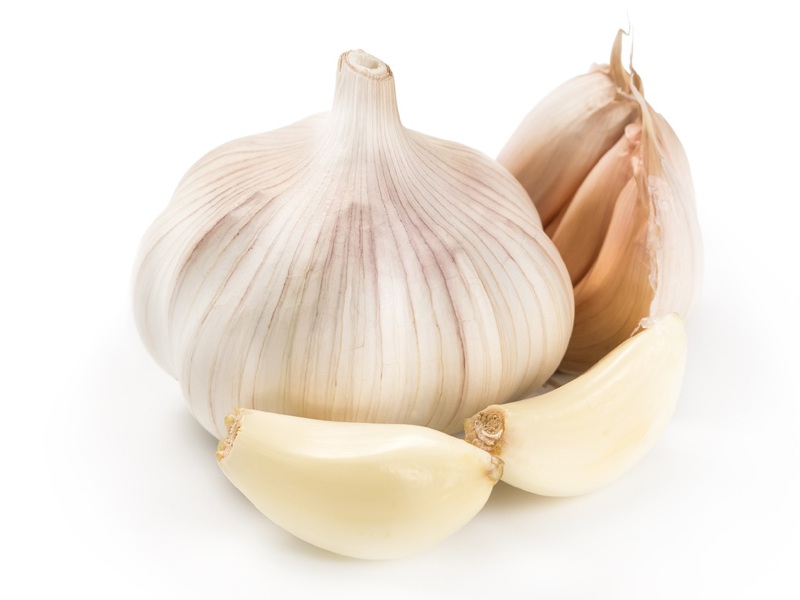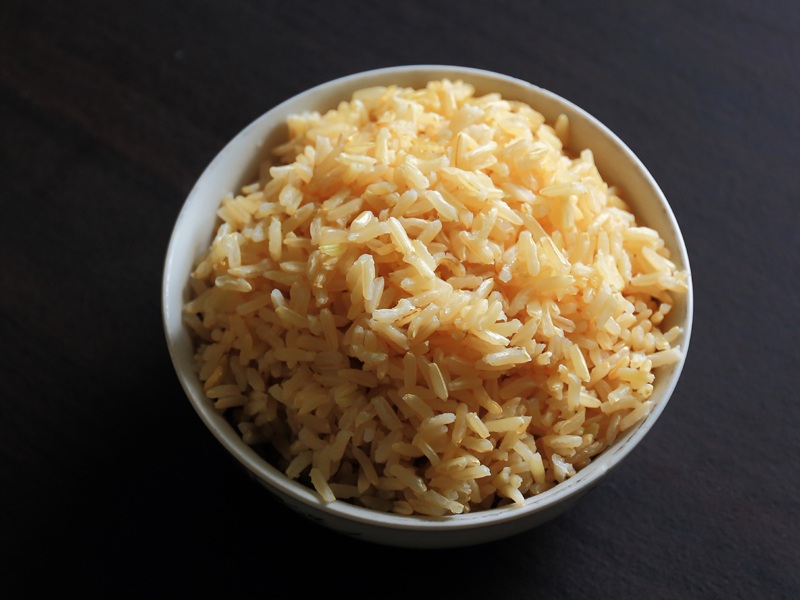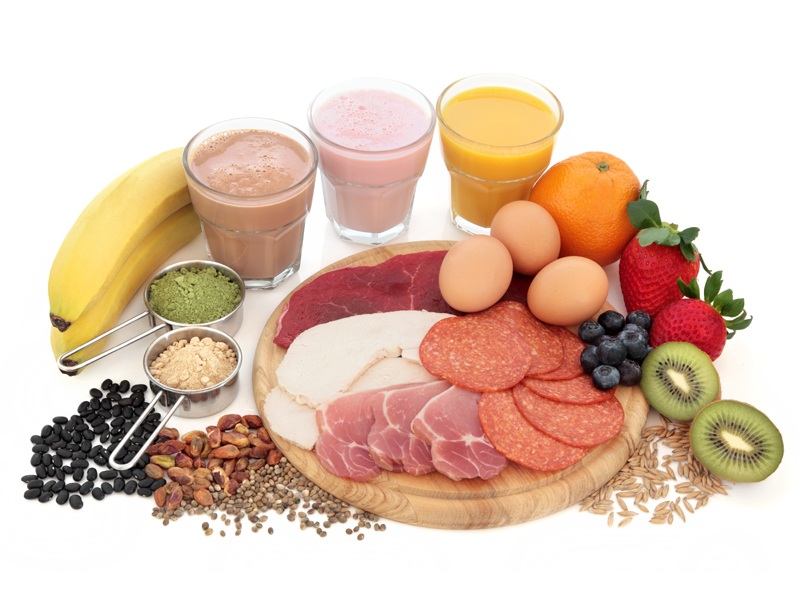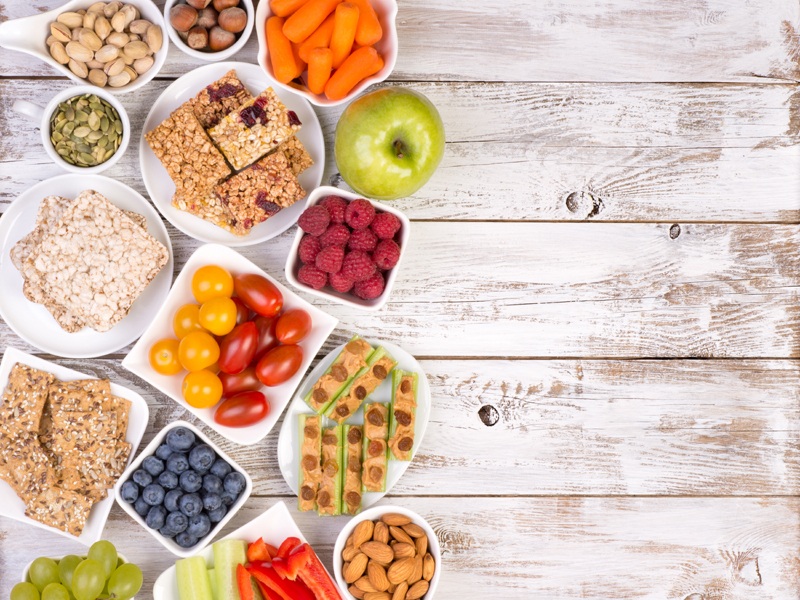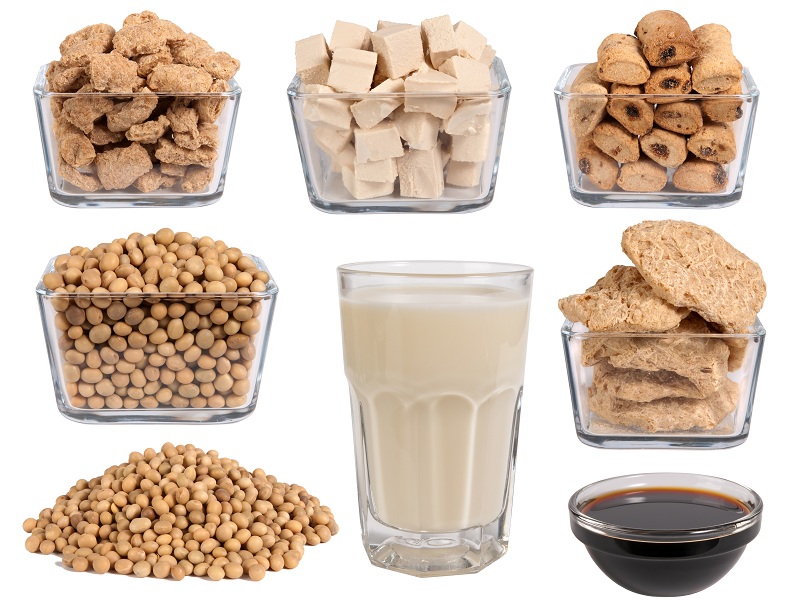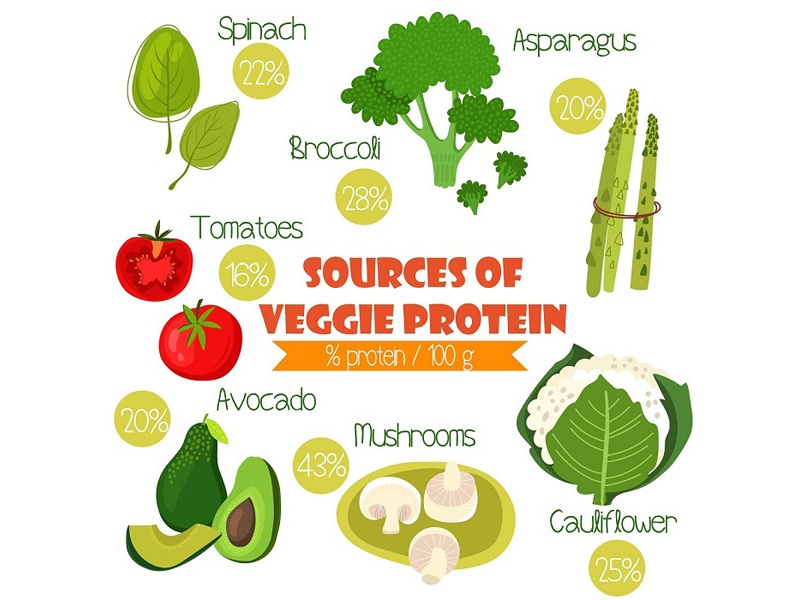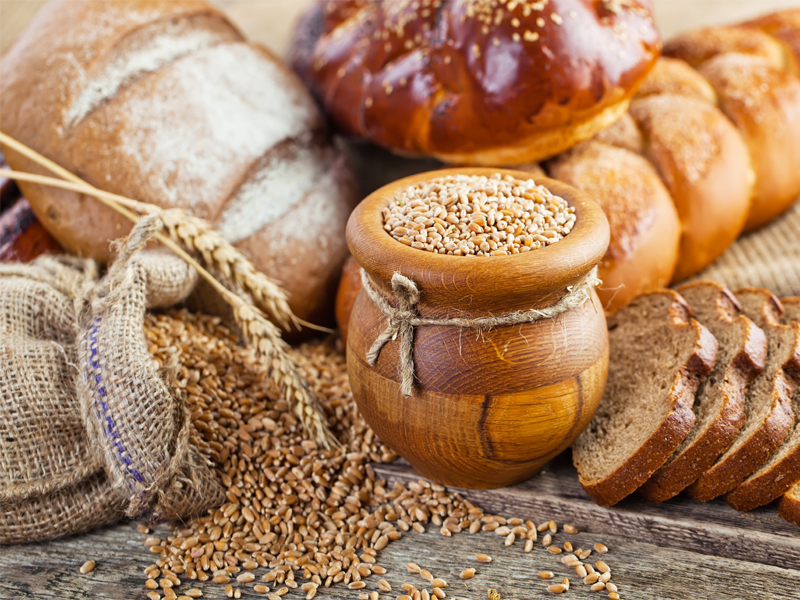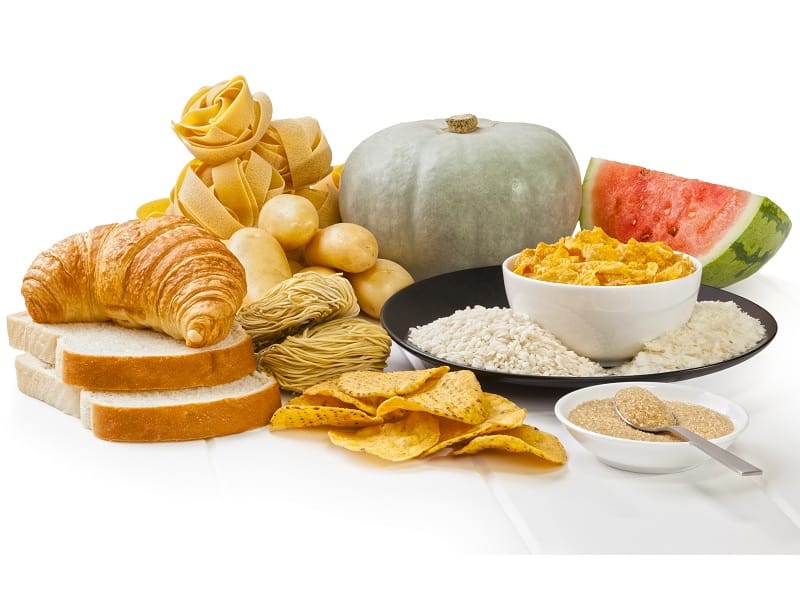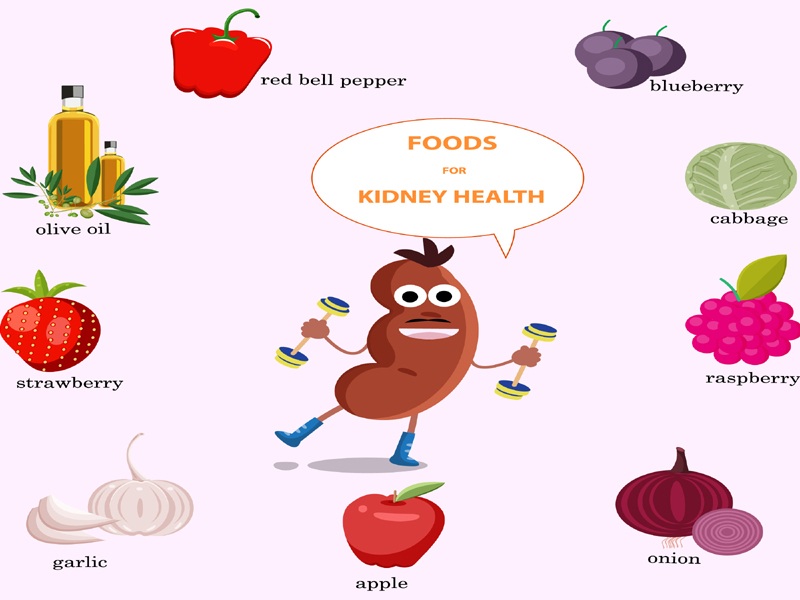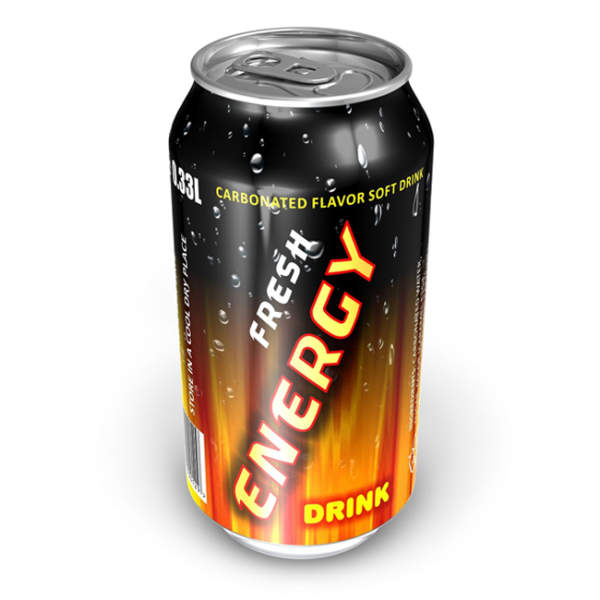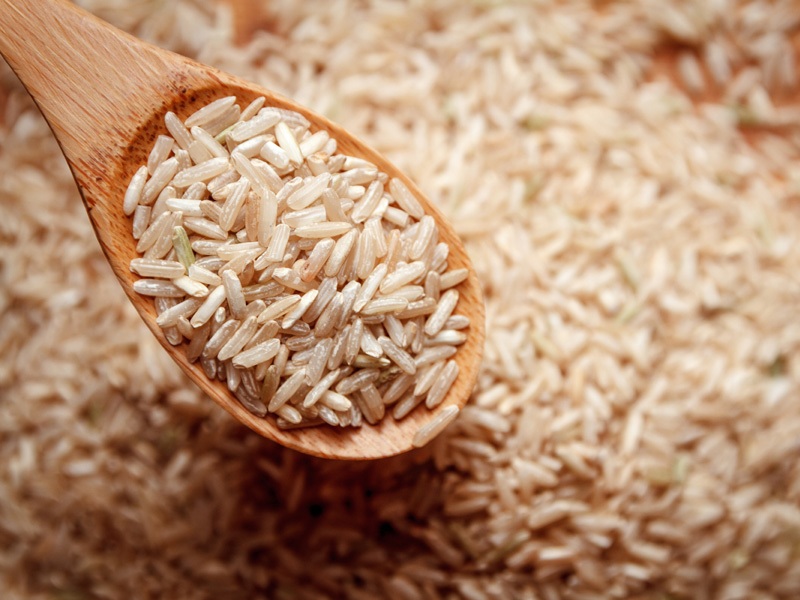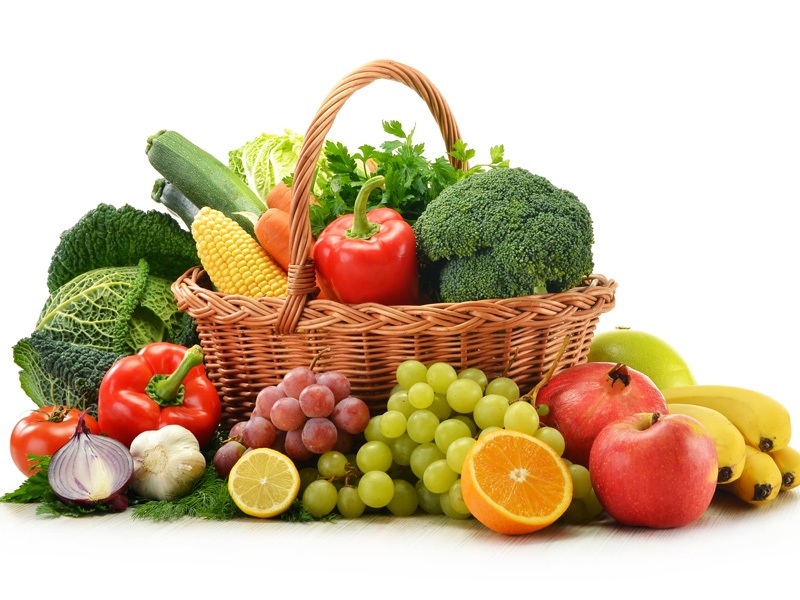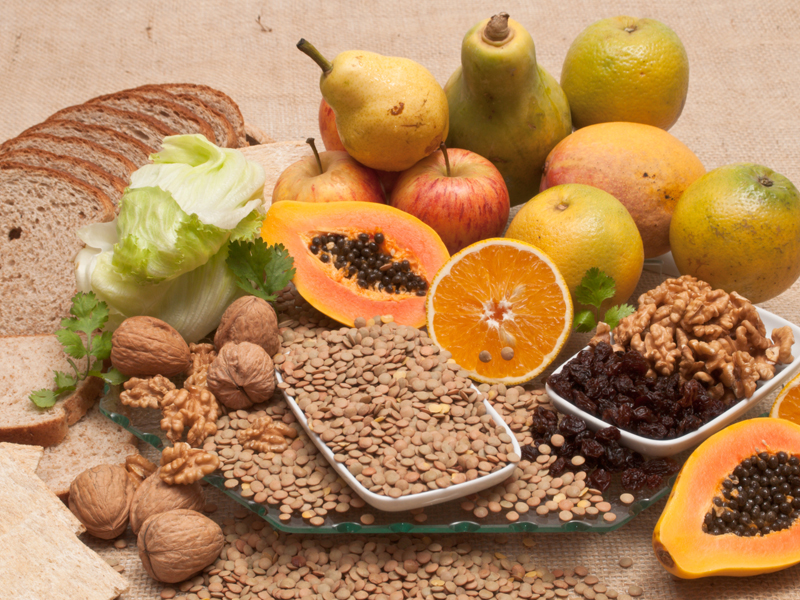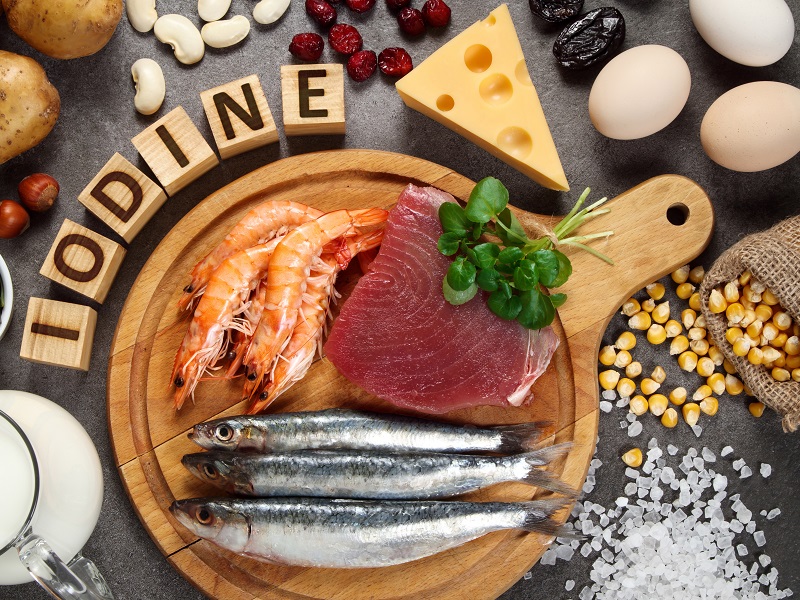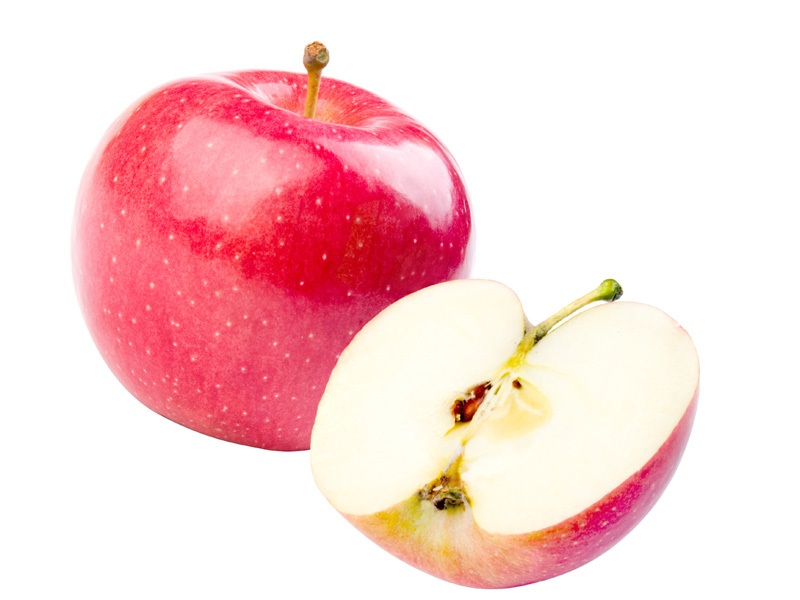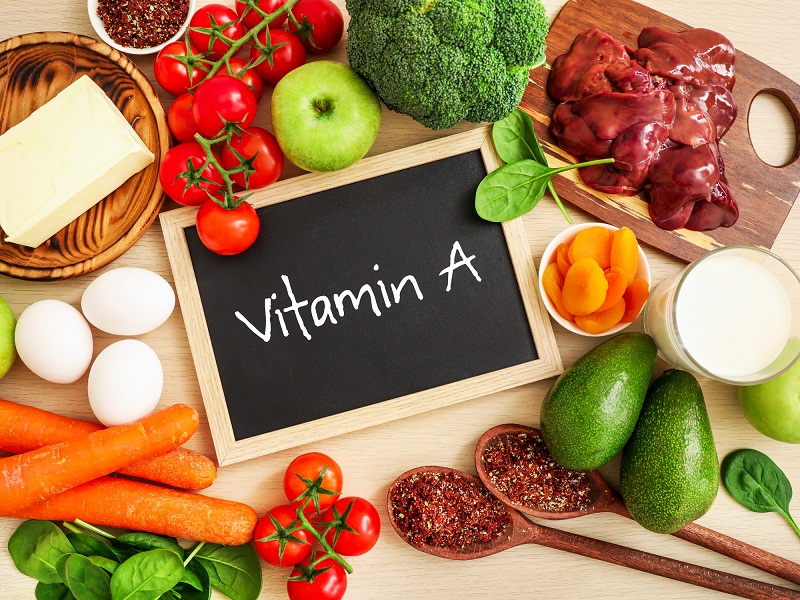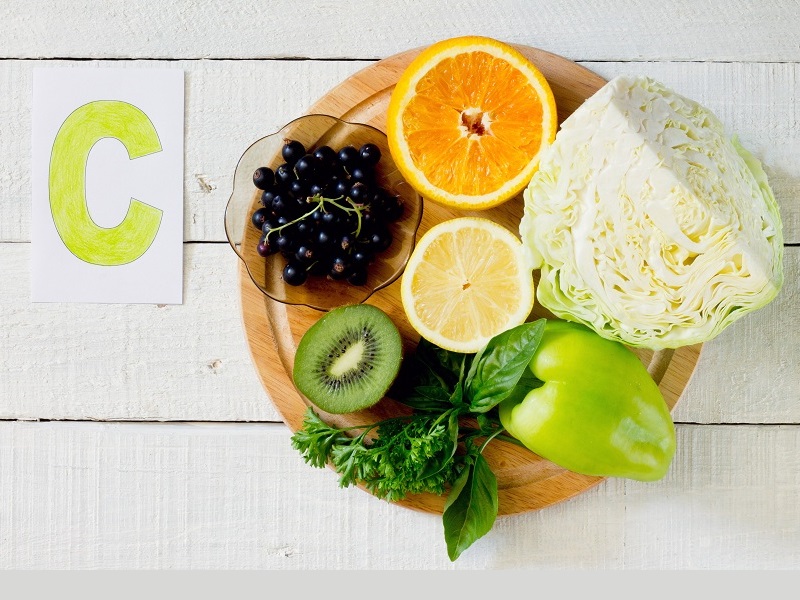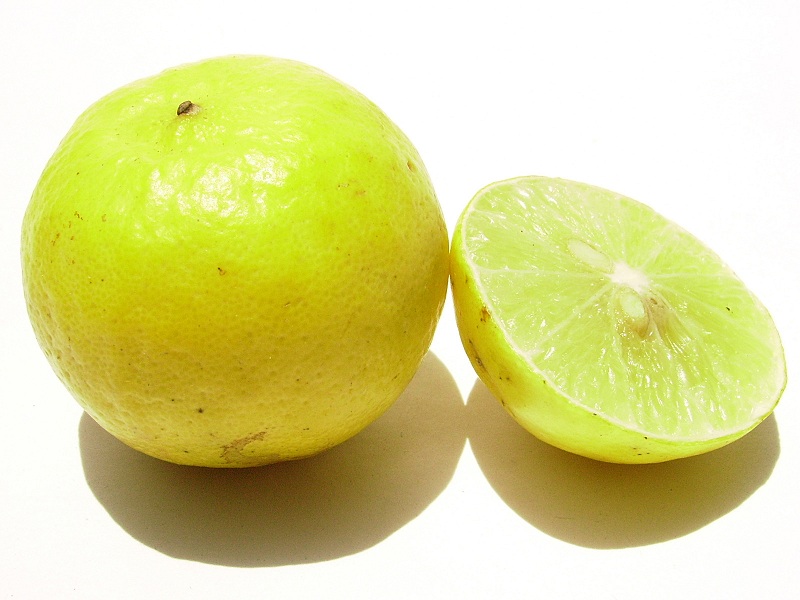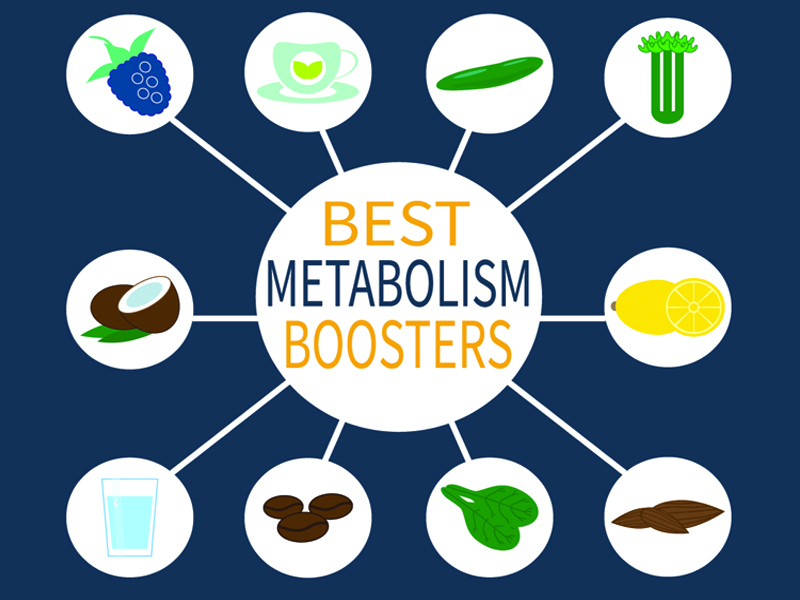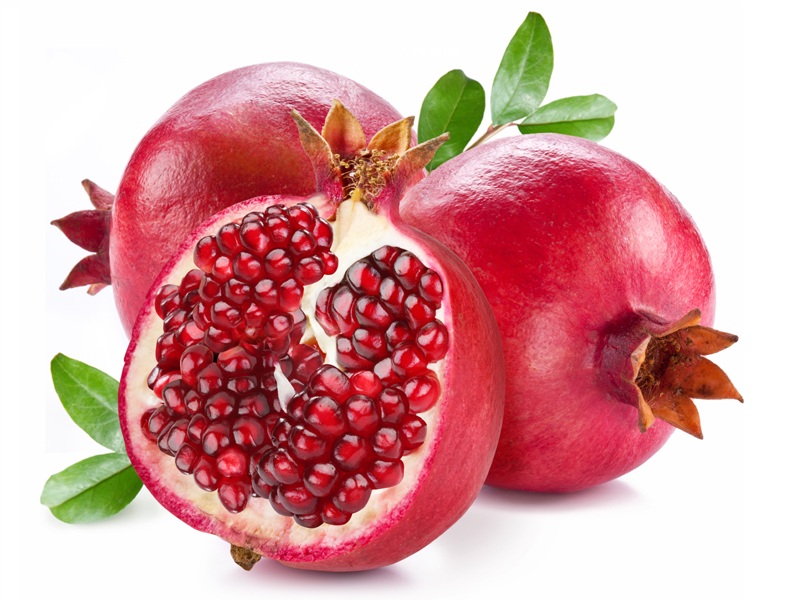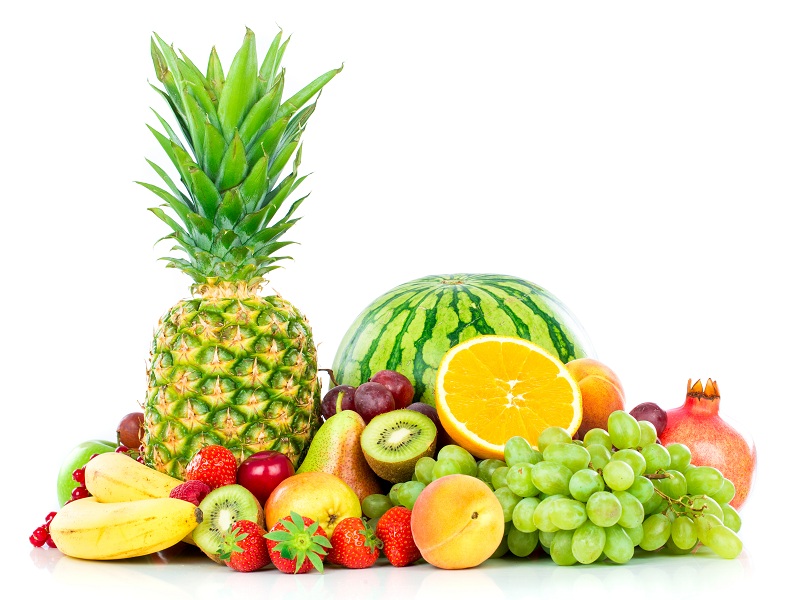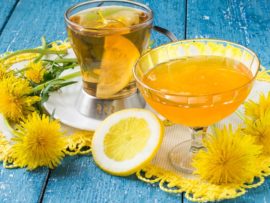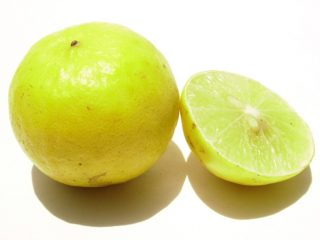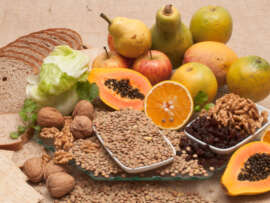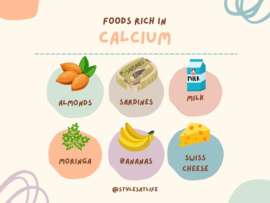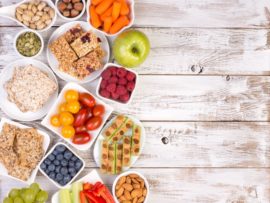Most people have the misconception seeing the words fatty acids and stay away from this extremely vital to health omega 3 fatty acids foods that carry with it several potent benefits. They are perfect for our heart health, reduce blood pressure, and increase good cholesterol in our bodies. In this article, we show you foods rich in Omega 3 fatty acids. Scroll down and check them out here!
What Are Omega-3 Fatty Acids, and What Do They Do?
They are essential nutrients that take care of our health in several ways, such as the following. They work best to prevent heart disease and help to lower our blood pressure. They reduce the formation of plaque in our arteries. Apart from preventing abnormal heart rhythm, they also help to prevent heart disease in people. They can be found in nuts, fish oil, flax seeds, and are rich sources of the top omega 3 foods, which we can easily incorporate into our diet.
How Much Omega-3s Do I Need?
Overall, most of the health organizations recommend a minimum intake of omega 3 foods consisting of 250–500 mg (combined EPA and DHA)daily for healthy adults. However, certain health conditions require higher amounts. The recommended dietary allowance for alpha-linolenic acid is 1.6 grams per day for men, and women need 1.1 grams per day.
Omega 3 Foods Benefits:
Healthwise, omega 3 fatty acids from omega 3 rich foods are extremely vital and crucial for several reasons.
- They are essential for our brain function.
- They help stave off chronic diseases like heart disease, inflammation, cancer, and arthritis.
- They build our immunity and protect us from frequent infections.
- They help in lowering blood pressure, balance our cholesterol levels, prevent the build-up of plaque in our arteries
- They stabilize blood sugar levels, take care of digestive disorders, improve our skin health, etc.
Deficiency in Omega 3 food would trigger problems like arthritis, cardiovascular issues, depression, learning difficulties, unhealthy skin, poor eyesight, etc.
Omega 3 Fatty Acid Foods List In India:
There are several omega 3 fatty acids rich foods. This article listed below discusses some of the top omega 3 sources available in India.
1. Flaxseed (2,350 mg per serving):
Flaxseeds are small yellow or brown seeds and are far by one of the good sources of omega 3 fatty acids, fat alpha-linolenic acid (ALA). Flaxseed oil is used as an omega-3 supplement. They are a good source of magnesium, fiber, and other nutrients and have a great omega-6 to omega-3 ratio.
Flax seeds have several health benefits, such as improved digestion and a reduced risk of type 2 diabetes, heart disease, and cancer. Of late, they have gained popularity as a health food. This is due to their high content of heart-healthy omega-3 fats, fiber, and other unique plant compounds.
- Incorporate flaxseeds into your diet by sprinkling it over smoothies, oatmeal, added to salads, cooked vegetables, and salad dressings, etc.
- Ground flaxseed is more comfortable to digest.
Omega-3 Content:
- 2,350 mg, per tablespoon of whole seeds.
2. Fish Oil:
Among omega 3 rich foods for pregnancy, fish oil is a rich source of omega-3 fatty acids. There are 3 types of omega-3s in the diet, and two of them are in fish oil. They are DHA (docosahexaenoic acid) and EPA (eicosapentaenoic acid). One can get fish oil by either including fish in your diet or through a supplement. Inclusion of fish oil improves or prevents several health conditions, such as heart disease, high cholesterol, and rheumatoid arthritis. Like cod liver oil, fish oil does not contain other vitamins like D and A.
- Fish oil is available in both forms of capsules and liquid.
Omega-3 Content:
- Typically, 1,000 mg of fish oil supplies around 300 mg of combined EPA and DHA (1).
3. Salmon Fish (4,123 mg per serving):
Omega-3 Content:
- 4,123 mg in half fillet of cooked, (farmed Atlantic) salmon
- 2,260 mg in 3.5 ounces or 100 grams
- Salmon (Wild) Serving Size: 3 ounces (100 grams)
- Amount of Omega-3 Fat: 1.8 grams
4. Eggs:
Omega-3 eggs that are produced by hens fed on a diet having flaxseed. When the hens digest the flax, then some of the ALA gets into DHA, and the fatty acids transfer to the yolk. People who do not like consuming fish can substitute it with eggs. Eggs are also excellent foods rich in omega-3 fatty acids. Some companies even add fish oil to the chicken feed and further increase the DHA content of egg yolks.
Omega-3 Content:
- One omega-3 egg typically has 340 milligrams of ALA, along with 75 to 100 milligrams of DHA.
5. Hemp Seeds:
Hemp seeds are very nutritious and are rich in essential fatty acids and healthy fats. They are a good source of polyunsaturated and essential fatty acids. They also contain gamma-linolenic acid, which has several health benefits and includes a 3:1 ratio of omega-6 to omega-3. Hemp seeds are rich in two vital fatty acids, linoleic acid (omega-6), and alpha-linolenic acid (omega-3).
- Sprinkle whole or ground seeds on yoghurt or cereal, add to smoothies, bake with hemp seeds, make hemp milk using whole seeds, sprinkle along with other seeds or nuts on salads.
Omega-3 Content
- One ounce (28 grams) of hemp seeds contain 6,000 mg of ALA omega-3 fatty acids, or 375–545% of the daily recommended intake.
6. Chia Seeds:
Chia seeds are incredibly nutritious and good sources of omega 3 fatty acids — they are rich in manganese, magnesium, selenium, and a few other nutrients (2). An ounce (28-gram) serving of chia seeds contains 5 grams of protein, including all eight essential amino acids. Chia seed is another food rich in omega 3 fatty acids.
- Dry chia seeds can added ground or whole to smoothies, juices, mixed into yoghurt, oatmeal, or sprinkled on a salad.
- When added to a wet dish like oatmeal, it may tend to swell up but will retain a slight crunch.
Omega-3 content
- 5,060 mg per ounce (28 grams), these seeds are unprocessed and tastes like nuts.
7. Cauliflower:
Cauliflower is one basic Indian veggie that is rich in phytochemicals and has anti-inflammatory properties. Cauliflower belongs to foods high in omega 3fatty acids. It contains many important nutrients, which include potassium, magnesium, fiber, minerals, and soluble sugar.
Omega-3 Content
- One cup of cauliflower contains 28 calories and is a good source of omega 3 fatty acids. Cauliflower is rich in omega-3 fatty acids, and this veggie maintains a healthy heart.
- Steaming cauliflower for 5-6 minutes helps to maintain its nutrients. Add lime juice to it.
8. Brussels Sprouts:
Brussels Sprouts among omega 3 rich vegetarian foods are high in nutrients, rich in antioxidants. They may help prevent cancer. They are rich in fiber and vitamin K, which is important for blood clotting and bone metabolism. Brussels Sprouts contain ALA Omega 3 fatty acids. They slow down cognitive decline, insulin resistance, and decrease inflammation. They also help to maintain a healthy blood sugar level(3).
Steam these green vegetables for five minutes before consuming them. It occupies the top place in the list of omega fatty acid foods.
Omega-3 Content:
- Brussels sprouts are one of the best plant sources of omega-3 fatty acids.
- They contain 135 mg of ALA in each half-cup (78-gram) serving of cooked Brussels sprouts.
9. Perilla Oil:
Perilla oil has a distinctive nutty taste and aroma. This edible vegetable oil is derived from perilla seeds and used for non-culinary purposes too. Perilla oil is rich in ALA and helps in improved heart health. Studies show that top omega 3 foods are useful in cancer treatment, arthritis, inflammatory colitis, etc. Perilla oil also contains Omega-6 and Omega-9 fatty acids(4).
- Perilla oil is used as a flavour enhancer too.
Omega-3 Content:
- Perilla oil contains omega 3 fatty acid alpha-linolenic acid (ALA) and consistently contains a high amount of omega-3 fatty acids at 54 to 64%.
- The omega-6 component is usually around 14%, and omega-9 (Oleic acid) found in Perilla oil.
10. Purslane:
Purslane is an edible garden weed with some amazing health benefits and a vital Omega 3 foods vegan. Purslane is rich in Omega-3 Fatty Acids and has a sour and slightly sweet taste. It contains two types of omega-3 fatty acids, ALA and EPA. ALA is found in many plants. It is exceptionally high in ALA. Purslane is an excellent source of ALA. The alpha-linolenic is an omega-3 fatty acid that plays an important role in human development and growth and aids in preventing diseases.
Purslane has five times higher omega-3 fatty acids than the spinach. Purslane is a natural remedy for insomnia, prevents headaches and migraines, can promote strong bones and helps with all types of skin conditions.
Omega-3 Content:
- A 100 g sample of purslane has 300–400 mg of ALA.
11. Soybeans (1,241 mg per serving)
- The beans can be roasted to keep the nutrient content intact.
- Use soybeans like other legumes and fresh ones are preferred compared to canned ones.
- Do not consume them in excess as it can affect those with kidney failure and cause health concerns when consumed in excess.
Omega-3 Content:
- 670 mg in half a cup (47 grams) of dry roasted soybeans, or 1,443 mg per 3.5 ounces (100 grams)
12. Spinach:
It is known that the inclusion of spinach in our diet has always been a valued addition in the Omega 3 fatty acids foods list. Among vegan omega 3 sources, the spinach occupies a leading position among veggies with high nutrient content. When spinach is added and consumed with other foodstuffs, it hikes its nutrient content. It helps to stabilize levels of zinc, iron, calcium, and Omega 3 fatty acids. Spinach also helps to reduce inflammation.
- Spinach can be cooked as a vegetable or curry
- It can also be made into smoothies for those of you who are always on the move!
Omega-3 Content:
- 100 grams of spinach contains – 370 milligrams of Omega 3.
See More: Food Rich In Antioxidants
13. Yolks:
Eggs yolks are one of the top omega 3 foods and hold a vital place in this food rich in Omega 3 fatty acids! Compared to other food, eggs contain at least 240 mg per egg. Eggs are rich in calcium, iron, and vitamins. Eggs contain the essential omega-3 fatty acid, alpha-linolenic (ALA), and two other omega-3 fatty acids: eicosapentaenoic acid (EPA) and docosahexaenoic (DHA).
Omega-3 eggs have five times as much omega-3 when compared to conventional eggs. There was very little difference between organic and conventional eggs.
- Eggs are so versatile and they can be used either in an omelette, in your soup, pancakes, or even inside a muffin!
Omega-3 Content:
- An omega-3 egg contains 340 milligrams of ALA and 75 to 100 milligrams of DHA.
14. Walnuts (2,570 mg per serving):
Walnuts are very nutritious, loaded with fiber, and occupy a vital position in the Omega 3 fatty acids food list. They contain high amounts of manganese, copper, vitamin E, as well as important plant compounds. Ensure that after breaking open the walnut that you do not remove the skin. The skin is what contains most of the walnut’s phenol antioxidants that offer important health benefits. Not only are they good for health, but it also keeps us safe from cardiovascular disease. Walnuts are also a good source to keep the hunger pangs away.
- Walnut Omega 3 foods can be added to salads, breakfast cereals, pasta, soups, and baked goods.
Omega-3 Content:
- 2,570 mg per ounce (28 grams)
15. Cod Liver Oil (Per serving, 2,682 mg)
Cod liver oil is ideal omega 3 foods for kids. It is more likely a supplement than a food. As the name implies, the oil is extracted from the livers of codfish. This oil is not only rich in omega-3 fatty acids but also loaded with vitamins D and A. It is preferable to take this during lunchtime as it gives more time for digestion.
Liver oil is available as a supplement and is equally safe to consume. Therefore, taking one tablespoon of cod liver oil will more than satisfy your need for three important nutrients. However, do not take more than one tablespoon at a time, as too much vitamin A can be harmful.
Omega-3 Content:
- A single tablespoon provides 170% and 453% of the RDIs, respectively.
- 2,682 mg per tablespoon with 2664 mg per serving.
16. Caviar (1,086 mg per serving):
Caviar primarily consists of fish eggs or roe. It is widely known as an expensive food item. Caviar is mostly used in small quantities as a starter or for garnishing. Caviar is a very good source of choline and a rich source of omega-3 fatty acids. The best way to eat caviar is by trying a small spoonful of it, swirl it in the mouth instead of chewing it. This will help you experience and enjoy the buttery flavour.
Omega-3 Content:
- 1,086 mg per tbsp (14.3 grams)
- 6,786 mg is per 3.5 ounces (100 grams)
17. Sardines(2,205 mg per serving)
Omega-3 Content:
- Drained sardines of 3.5 ounces (100 grams) with 200% of the RDI for vitamin B12, 24% for vitamin D, 96% for selenium.
- Per cup 2,205 mg (149 grams) of canned Atlantic sardines, or 1,480 mg per 3.5 ounces (100 grams).
18. Mackerel (4,107 mg per serving):
Mackerel is a fatty fish and contain the highest concentrations of heart-healthy omega-3s. It is, in general, considered environmentally friendly seafood and is a rich source of omega-3 fatty acids. Overeating Mackerel can increase the risk of developing type 2 diabetes. They are incredibly rich in nutrients. Mackerel are fairly easy to prepare too.
Omega-3 Content:
- One piece of salted mackerel 4,107 mg, or 5,134 mg per 3.5 ounces (100 grams)
- Serving Size: 3 ounces (100 grams)
- Amount of Omega-3 Fat: 2.5–2.6 grams
See More: Sources Of Zinc In Food
19. Anchovies (951 mg per serving):
One of the major sources of foods containing omega 3 fatty acids are these fishes. These are oily fishes beneficial for our health as they help to reduce cholesterol in our blood. They also aid in lowering the levels of triglycerides in our bodies and help with circulation. They are packed with calcium, minerals, and manganese. They take care of our blood pressure.
Omega-3 content:
- Canned European anchovies 951 mg per can (2 ounces, or 45 grams), or 2,113 mg per 3.5 ounces (100 grams)
20. Herring(946 mg per serving):
Herring is a medium-sized oily fish that is served with eggs and is called kippers. They are called smoked herrings too. They take care of our heart health. The proper functioning of our brain is also helped by these fishes. They are helpful in arthritis as they help to reduce inflammation.
Omega-3 Content:
- Kippered Atlantic herring 946 mg per medium fillet (40 grams), or 2,366 mg per 3.5 ounces (100 grams)
21. Oysters(370 mg per serving):
Omega-3 Content:
- Six raw, eastern oysters 370 mg, or 435 mg per 3.5 ounces (100 grams)
22. Shrimp:
Being rich in minerals and a protein with lesser calories benefits our health in several ways. They are low in carbs too. They contain antioxidants that delay the ageing process. Selenium is a mineral found in it that helps prevent certain types of cancer. It lessens sun damage too.
Omega-3 Content:
- It provides 20 plus different vitamins and minerals. It also includes 50% of our daily needs for selenium.
- This mineral helps reduce inflammation and promotes heart health.
23. Canola Oil:
This oil is loaded with vitamins, minerals, and healthy unsaturated fats. It is richer in the omega-3 fatty acid ALA than any other oil except the flaxseed oil. Canola oil is high in heart-healthy monounsaturated fatty acids and is low in saturated fatty acids.
It reduces skin problems and ageing signs like acne, fine lines, wrinkles, blemishes, and spots. Canola oil’s high smoke point is very useful in high-heat cooking like sautéing.
Omega-3 Content:
Based on 2 teaspoons (10 ml) of refined canola oil, it contains:
- Calories: 80
- Saturated fatty acids: 0.5 g
- Total fat: 9 g
- Monounsaturated fatty acids: 6 g
- Linoleic fatty acid (Omega-6): 1.5 g
- Alpha-linolenic fatty acid (Omega-3): 0.6 g
- Cholesterol (no trace): 0 mg
24. Edamame:
They contain heart-protective omega-3 fatty acids along with isoflavones that help to lower blood cholesterol and have healthy fiber. It provides several nutritional benefits. It provides your body with soy protein. Being rich in vitamin K and antioxidants, it keeps our heart healthy.
Omega-3 Content:
- A half-cup serving of boiled, shelled edamame contains 280 mg of plant-based omega-3 fatty acids.
- This makes it a great source of nutrients for omega 3 foods vegetarian and vegans.
25. Mustard Seed:
Omega-3 Content:
- 1 teaspoon mustard seeds contain 100 milligrams of omega 3 fatty acids.
We hope you enjoyed this extensive article on Omega 3 fatty acids foods, where we have detailed information on the uses and benefits of these essential nutrients. We also have shown you the sources of food rich in omega 3 fatty acids and how you can use them to benefit our overall health. Please do share with us your experiences and how they helped you in the section below, as we would love to hear your opinion!


